ADVERTISEMENT
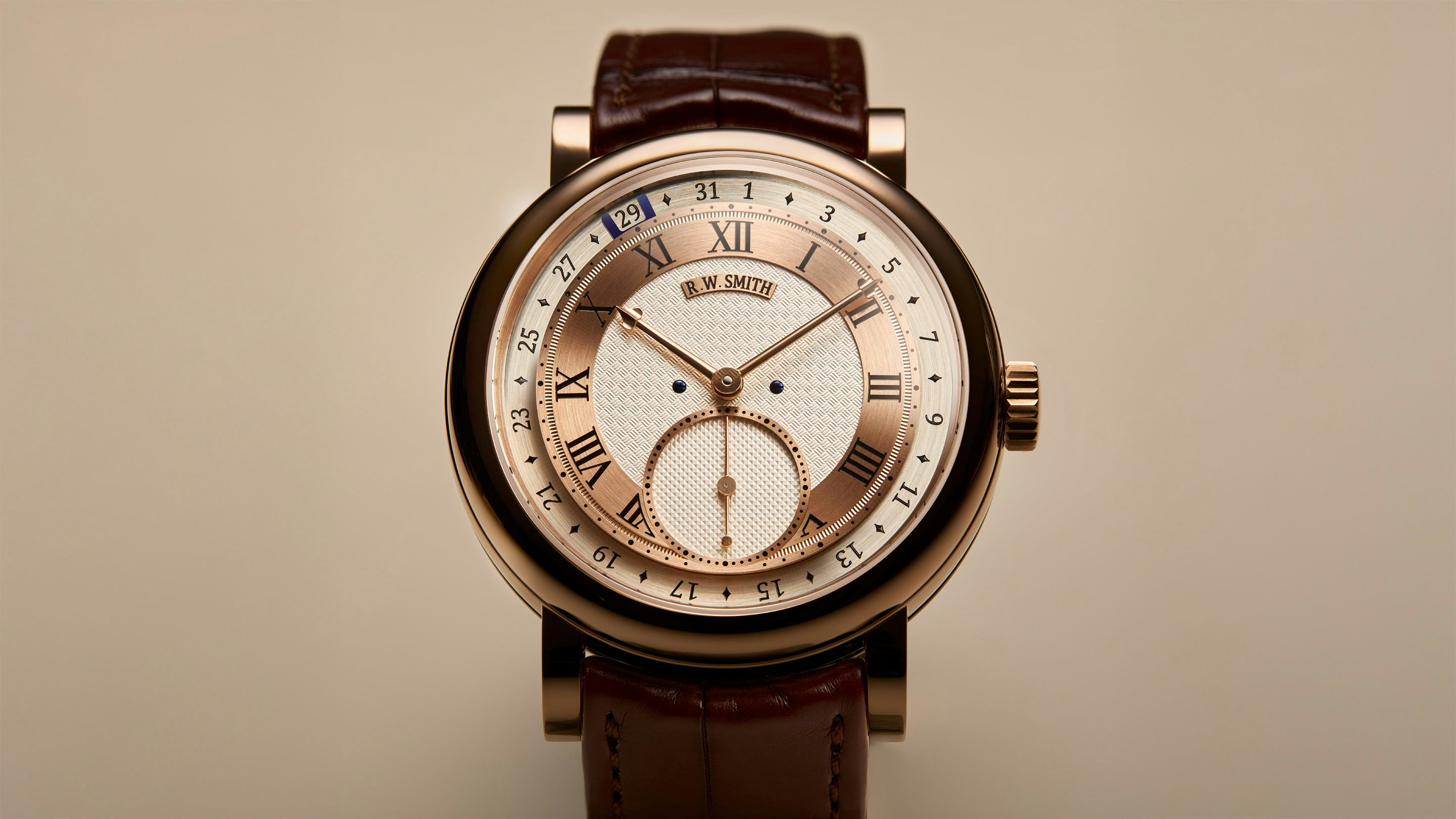
Roger W. Smith will go down in history as one of the greatest watchmakers in an already extraordinary period of independent watchmaking. Even though it still seems we haven't seen the end of the fever pitch surrounding collectors' passion and demand for watchmaking from people they can meet and know, he'll still be on 21st-century watchmaking's Mount Rushmore. Last week, Smith told me he felt he had been "very quiet, for far too long," which is a fascinating thing to hear from someone with five models launched in the last decade while only producing 15-20 watches a year. Today, he’s announcing his sixth model, the Series 6, his first new watch since delivering his first Series 5 "Open Dial" in 2019.
The Series 6 is, at its core, a simplification of the ideas of Smith's calendar watch, the Series 4, but with an entirely new caliber powering its "traveling date aperture" display. Similar to, though more complex than, a "pointer date" display, a window frames the current date instead of using a central hand that could obfuscate the rest of the dial. The mechanism of this traveling date aperture is hidden by the floating central dial, which displays the hours, minutes, and subsidiary seconds.
The Series 6 will come in either a gold or platinum 40mm diameter case, with an exhibition case back showing the immaculately finished new movement that (of course) features the Roger W. Smith single-wheel (Mk2) variant of the Daniels Co-Axial escapement. The dial is made in bleached silver or gold with a choice of hand-engine-turned or hand-engraved design, one of the many customizations available to the watch. All of this is made in Smith's quintessentially English style, CNC machined, with 80% of the team's time spent finishing components that have been "roughed out" using those machines. The price at release is £320,000.
I'll dig further into Smith's technical watchmaking, finishing, and the overall design of the Series 6 shortly, but for the moment, I want to take a look at the history of Smith and his work with calendar watches.
Smith's History With Calendars
There's an argument to be made that a quintessential Roger Smith has a calendar function. For all the demand for the current production range's Series 1, the Series 2 (and Series 2 Open Dial), and Series 5, watches like Smith's Series 3, Series 4, and (now) Series 6 have a closer connection to his first successful attempt to earn the trust and respect of his mentor, George Daniels. In that way, the calendar function represents a specific horological lineage to Daniels (who made his own calendar watches), mirrored by their aesthetic connections.
The R.W. Smith Pocket Watch 2. Photos courtesy of Phillips.
We've covered Smith, his history, and visited his workshop on the Isle of Man (a self-governing British Crown dependency in the Irish Sea) several times over the years, so I won't belabor his history. The watch world at large (ourselves included) has written at length about his second watch, made after the first failed to impress Daniels, but that story of Daniels' rejection and challenge to Smith set the stage for a watch like the Series 6.
The R.W. Smith Pocket Watch 2. Photos courtesy of Phillips.
Beyond implementing design refinements to make a watch that looked less "handmade", and instead, "created" from thin air, Smith furthered his movement design. While his first attempt had a tourbillon, the second featured a four-year perpetual calendar, moonphase, and one-minute tourbillon with a spring detent escapement. The movement was finished in the traditional style of English watchmaking, with gilded and frosted plates, purple-blue hand-heated screws, and gold chatons. The dial side maintains a combination of raised circles for the indices and an engraved dial base, just like you'd find on the Series 6. "Pocket Watch Number 2," as it is known, was finished in 2001 and sold to a collector who held onto it for 21 years before selling it for $4.9 million at Phillips in 2023. The eye-watering price was not just about the quality of the watch (which is outstanding) but also a ringing endorsement of Smith's impact on what was still a nascent independent watch market in the early 2000s.
Overlooked (or forgotten) by some collectors, however, is Smith's original Series 1 design. Before Smith relaunched his entire collection in 2015 (with the Series 1 through 4 in the current design language of round cases, expanded on with the Series 5, and now, Series 6), the Series 1 originally had a completely different concept.
Roger Smith's own drawing of the display and partial gear train of the original Series 1 with retrograde date.
The original Series 1 was designed in 2001 and presented in a rectangular case with retrograde date along the central pinion, spanning from 8 o'clock to 4 o'clock on the dial. Smith called it a mastery of the "Daniels Method" and created these unique pieces by hand. But, according to his website, Smith felt overwhelmed with the idea of turning it into a production watch, was using parts brought in from Switzerland, and was relying on a lever escapement rather than his signature Co-Axial escapement. With the creation of the GREAT Britain watch in 2013, he faced increased demand for a time-only watch and eventually released his newly updated Series 1.
The Series 1 "Onely Theo Fennell" that sold at Phillips in 2021 for a massive CHF 541,800 against a CHF 40,000-80,000 estimate. Photo courtesy Phillips.
The movement side. Photo courtesy Phillips.
The next date complication to appear from Smith's workshop (at least by date of inception) was this unique Grande Date Flying Tourbillon No. 1 shown below, previously sold by A Collected Man, which was started in 2003 and stands as the only flying tourbillon to have ever been designed and made within Great Britain and one of only four tourbillon wristwatches made by Smith. The "grande date" complication is unusually placed and reminiscent of early watch designs of the 1700-1800s that put practical execution of a design above design considerations of balance.
The unique Roger Smith Grande Date Flying Tourbillon No. 1. Photo courtesy A Collected Man.
In 2015, Smith relaunched his current range of models, including the Series 3, which featured a retrograde date display running from 10:30 to 1:30 on the dial. As evidenced by the previous model, the period before 2015 was marked by a number of unique pieces before he took to a more serial production (though no less handcrafted). In our article on those new releases, we quote Smith, who said the following about the inclusion of the retrograde date that first appeared in the original Series 1.
"The original Series 1 featured a retrograde date complication and, since the completion of that series, I have made two unique pieces that both featured developments of my original 2001 design. It was as a result of reviewing those watches that I decided to devise a new Series 3 watch around my development of this fascinating complication."
A Roger Smith Series 3 in rose gold. Photo courtesy A Collected Man.
A Roger Smith Series 3 in rose gold. Photo courtesy A Collected Man.
However, the most practical comparison to today's release is the Series 4. The watch featured an instantaneous triple date complication with moonphase display, with an elegant adaptation of the display to account for legibility; Smith cites Daniels for the commandment "you must always create clear legible dials." Most vintage watches (and many modern ones) relied on a pointer-date system with a centrally-mounted hand indicating the date on the periphery, where the date is still displayed here. Some of these vintage watches used a similar "window" to highlight the date as well, but the implementation is different.
Smith's first "traveling aperture date" calendar foray, the Series 4. Photo courtesy A Collected Man.
Instead of simply moving the central pointer hand to a hidden location beneath the central floating dial, the date "travels" through a peripheral mechanism on the outside edge of the movement. I'll speak to that mechanism shortly, but Smith seems quite proud (rightfully so) that this style of instantaneous date mechanism has been so widely adopted since he announced the Series 4 ten years ago.
The traveling date aperture on a Series 4. Photo courtesy A Collected Man.
The movement on a Series 4. Photo courtesy A Collected Man.
The Series 6
The Series 6 features a newly designed caliber, based on the same general base architecture that set the stage for all his other watches in the series. The movement has a 48-hour power reserve, operating at 18,000 vph, with a free-sprung balance. Rather than just simply removing portions of the mechanism driving the calendar and moonphase on the 41mm Series 4, Smith has designed a caliber that emphasizes dimensionality and depth from the rear while maintaining the instantaneous jumping date in a smaller 40mm case.
The instanteous date mechanism relies on a cam system that harnesses power over the course of 24 hours before releasing it to advance the date at midnight. In a pointer date movement, the date hand is centrally driven, but on the Series 6, the aperture is fixed to a peripheral gear with inward-facing teeth, with flat segments in the valley between those teeth, where a beak attached to a lever system interfaces with the gear train. The date ring sits above that gear, with a small gap so the gear can slide smoothly underneath while the date window floats above. The tolerances are incredibly tight to maintain the case thickness of 13mm.
For some, it might seem logical to follow the power through the gear train and understand how the date mechanism works. Suppose that's not immediately apparent to you (and I don't blame you, it's quite tricky). In that case, Smith has shared an illustration (shown below, with parts labeled with letters) and an explanation (which I've slightly expanded).
The system starts at the calendar drive wheel marked "A," which rotates once every 24 hours. As it rotates, it carries the loading cam "B" through a pin in the cam, which is set in the slot of wheel "A." As cam B rotates, it presses on the lever "C" (which is also attached to the a "beak" labeled "G" and puts force on that "C" lever in a counter-clockwise direction. At the opposite end of this interaction, the "C" lever moves the beak "D," forcing it to ride counter-clockwise horizontally along the edge of the tooth on the calendar date ring "E."
The process is slow over those 24 hours. The "B" cam will continue to press with increasing force as it approaches midnight, and eventually, the peak of the cam will fully engage the "G" knuckle and the "C" lever, loading the pressure onto spring "H" under the cam. To see the difference between a fully loaded "C" lever (about to push the date) and one at rest, compare the above diagram with fully loaded tension to the one below. The "B" cam will rotate rapidly past the peak of the "G" knuckle, while the opposite reaction pushes tooth "D" into and slides over the calendar date ring, which advances tooth "E" of the date ring by one day. The jumper labeled "I" stops the date wheel from moving too far, kept in tension by spring "J." The beak "D" is returned to its resting position by spring "F." Meanwhile, there's also a quick date change through the use of lever "K," which functions by operating a flush-fit case pusher to manually adjust the date.
Unsurprisingly, the watch uses the Roger W. Smith single-wheel (Mk2) variant of the co-axial escapement. This escapement is designed for enhanced efficiency and extended service intervals well beyond industry standards, and requires no lubrication—oil breakdown is one of the key factors in a movement potentially going awry over time. If you want an in-depth look at the co-axial escapement (and all its predecessors and competitors), I'd certainly recommend checking out our 2020 story on the subject. It's also worth returning to our 2015 coverage of his collection launch, which features technical analysis, drawings, and explanations of the development of Smith's current version of the co-axial escapement.
Closeup of the co-axial escapement in an Anniversary watch made by Roger Smith to George Daniels' design. Note the upper and lower set of escape wheel teeth.
Simplified schematic animation of the co-axial escapement; animation, Adithyamc Gaming, Wikipedia.
In terms of hand-building watches (not at the scale of Omega), Smith has taken George Daniels' initial concept of the co-axial escapement about as far as the idea can be taken in the modern environment. As shown in his drawings above, Smith discovered that the lighter the escape wheel performs, the better it functions and the more accurate it is. For more coverage of that "Mark 2" single wheel escapement, I'd yet again suggest a read of Nicholas Manousos' coverage of the 2015 series launch.
Beyond its aesthetic ties to the past, which I'll cover in a moment, a cornerstone of the history of English watchmaking is a focus on chronometry. It's no stretch to say that John Harrison literally changed the world with his marine chronometer, and in that way, Smith's pursuit of accuracy is as much a representation of lineage as is his finishing.
"For timekeeping, it's as good as any other mechanical watch out there. You can get within a couple of seconds a day," Smith told me last week. "The real quality of the coaxial is the period of time it'll hold that rate of timekeeping. Because the power is delivered through this pushing action—as opposed to the sliding action as you find in the lever escapement, which will only work with lubrication—what we're finding is that we're able to extend the service interval."
Design progression of the co-axial escape wheel, beginning with the 2006 version which was Smith's first interpretation of George Daniels' escapement. The 2006 version was fitted to the first Series 2 wristwatches that left Smith's studio.
Side view of the difference between the two piece and single wheel co-axial escape wheel.
How? Well, as Smith has made improvements to his movements, for instance the smaller single wheel co-axial escapement which requires less power, he has been able to reduce the strength of the mainspring used. In fact, he told me he's come down eight "strengths" in the 20 years he's been using his co-axial escapement, which means that there is less force strain in general on the movement while maintaining efficiency. He's now seeing service intervals beyond 10 years, into 15 years and even 20 years between services.
"When George [Daniels] designed the coaxial, he knew it was efficient, but he only ever built eight watches with his coaxial escapement," Smith reminded me. "And what we've been able to do over the last 20 years is to build consistent watches—one model in effect, the same base caliber in all my watches. We've been able to monitor the efficiency and while it's as accurate as any other high grade mechanical watch, the real beauty of it is its mechanical efficiency. That's where it really wipes the floor with any of the mechanical timekeeper around there."
The movement finishing is traditionally English, with graining finished with high-polished 90° edges and intricate hand-engraving over the barrel covers and the balance cock. There are also large, flat, black-polished mirror-like surfaces, especially on the under-dial side of the movement and the keyless works, as well as circular-grained wheels and gears (also with these 90º polished edges), hand-polished gold chatons holding the jewels, and flame-blued screws. The movement is also signed "R.W. Smith" and carries the Isle of Man's Triskelion.
Some people don't appreciate the difficulty of creating such perfectly finished flat large sections of graining, polishing, and the perfect right angles required to finish the sides of plates in this manner. It's become so common to "loupe" a movement and look for broad and eye-catching Geneva stripes, the glimmer of deep, black-polished anglage, and count the number of internal angles as a quick way to judge the quality of work. English finishing takes a different approach. I’ll admit it's taken me time to appreciate its deceptive simplicity (and I get to see a lot of watches), but it gives me a deep sense of nostalgia. The deep "traditional" Swiss finishing is so good it's nearly unrecognizable to even the best watches of 100 or more years ago; pushed to the extreme, but while an obviously beautiful elevation of tradition, it's instantly clear that it's of the modern era.
On the other hand, there's an unmistakable lineal heritage to excellent finishing like this; timeless and yet again more beautiful than its predecessors. The most immediately impressive aspect at first glance is the engraving, an elevated form of what you'd find on English watches from the era of John Harrison's world-changing H4 sea watch and even later verge fusee watches.
The dial side is equally attractive. Getting the size ratio of the date display on the edge versus the central float dial is a game of slight tenths or hundredths of millimeters, and this doesn't look one bit out of balance. The floating dial uses a background of bleached silver or gold that can be ordered with a choice of hand engine-turning or hand-engraving. If Smith's previous work is any guide, you'll likely see most (and by that I mean very few) with the engraved and lacquer-filled hour/minute ring and R.W. Smith's nameplate rendered in a color that matches the case material. The expressively shaped spade hands and traveling date aperture are available in either gold or flame-blued steel in Smith's personally preferred blue-purple hue.
We're just judging off pictures here—I don't know when, if ever, I might see a Series 6 in person, but Smith's work really seems to sing in gold cases with the gold accents playing off the creamy-white silver dial. The slightly engraved edge around the hour track itself adds even more interest to the dial. Maybe my only personal nit-pick is the two flathead screws used to secure the floating dial. I find them a bit distracting on the otherwise beautiful rose-engine-turned central dial, but to some, I imagine it will only enhance the handcrafted feel.
The 40mm case measures approximately 13mm thick (the same as the Series 1 or Series 2) and can be made in gold or platinum with a matching buckle, with a London Hallmark. The 20mm lug width tapers to 18mm at the buckle.
As previously mentioned, the price is £320,000, which obviously sets a small group of clients who can afford the watch. Despite producing only 15 to 20 watches per year across all six series, Smith has informed me that his expanded workshop now employs 15 people, and they're doing their best to minimize the wait time (a few years, which is less than the occasionally previously quoted 10-year wait). It's encouraging to know that there is both a high demand for Smith's work and that he's not content to watch the wait grow to untenable lengths.
As for how to be considered for any watch, Smith says (via press release) that the team considers each commission carefully to "ensure that it aligns with our values of craftsmanship, integrity, and long-term stewardship. Priority is naturally given to existing owners of Roger W. Smith or George Daniels timepieces, as well as to individuals introduced through strong recommendations from current collectors. However, we recognise that not all future custodians of our work will emerge from these circles. If you share our passion for traditional British watchmaking and feel a connection to the philosophy that underpins our work, we warmly invite you to get in touch."
For more on the Roger W. Smith Series 6, visit this website. A brief thank you to the folks at A Collected Man for letting us use their images to illustrate the history of Smith's work.

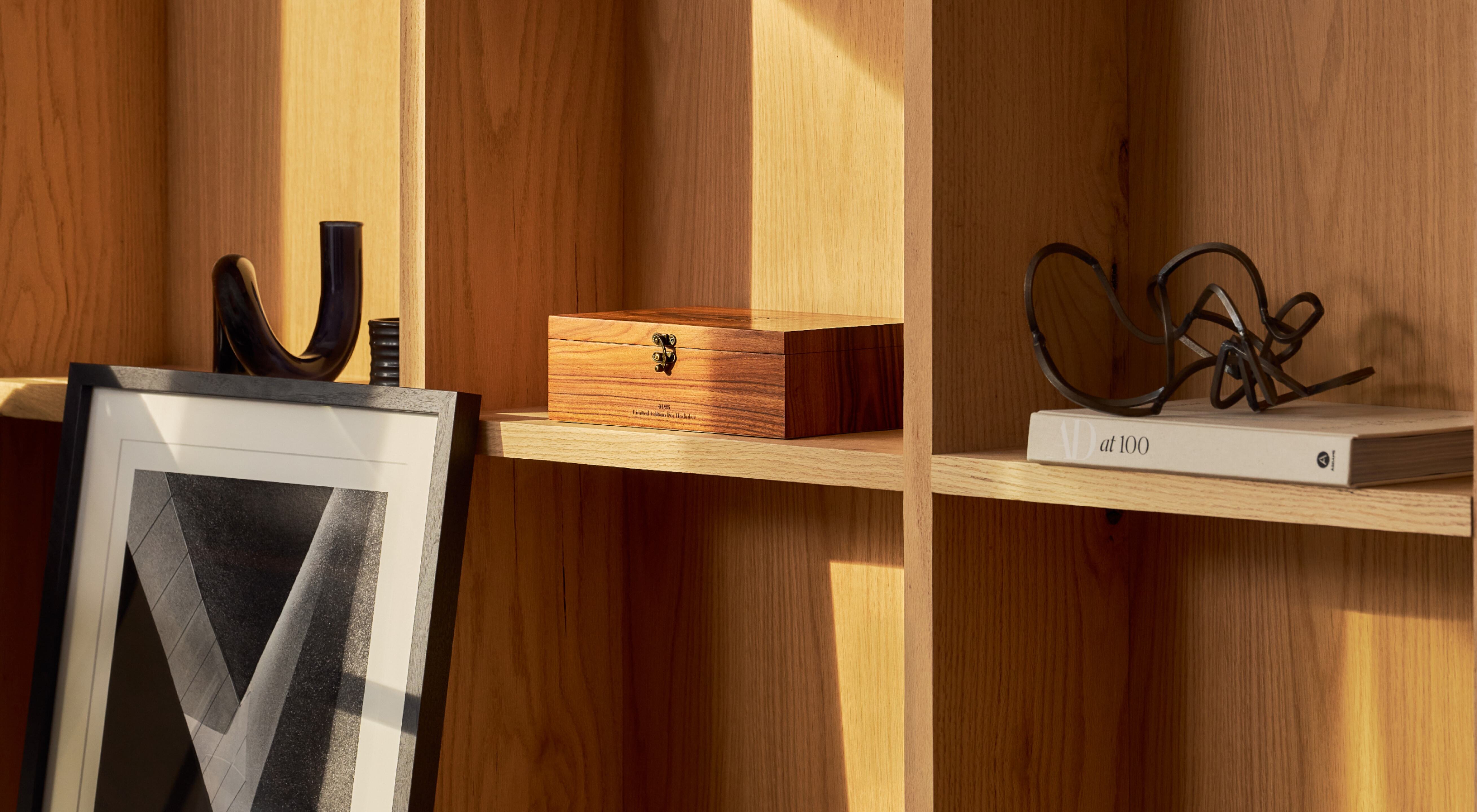
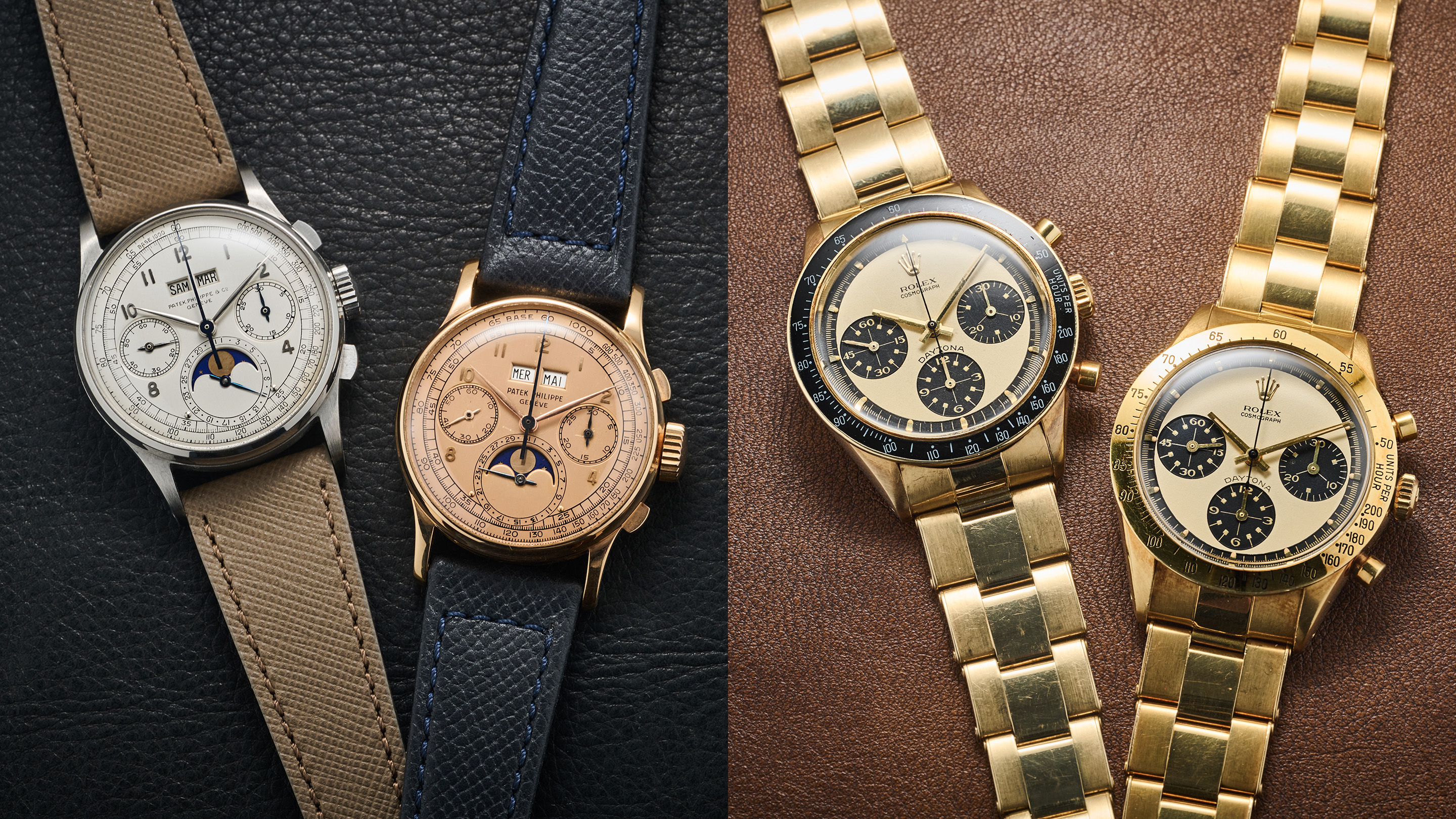
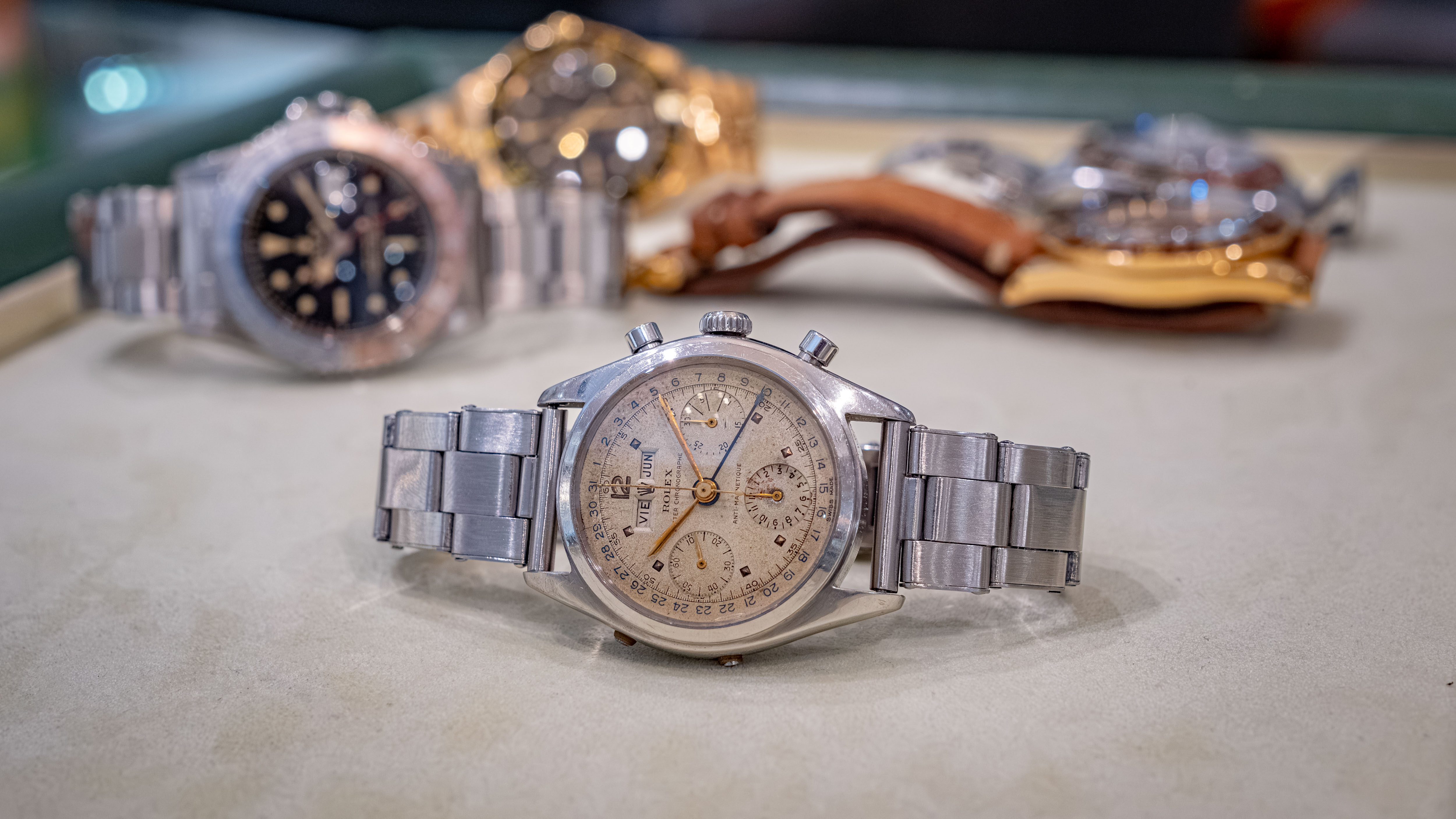



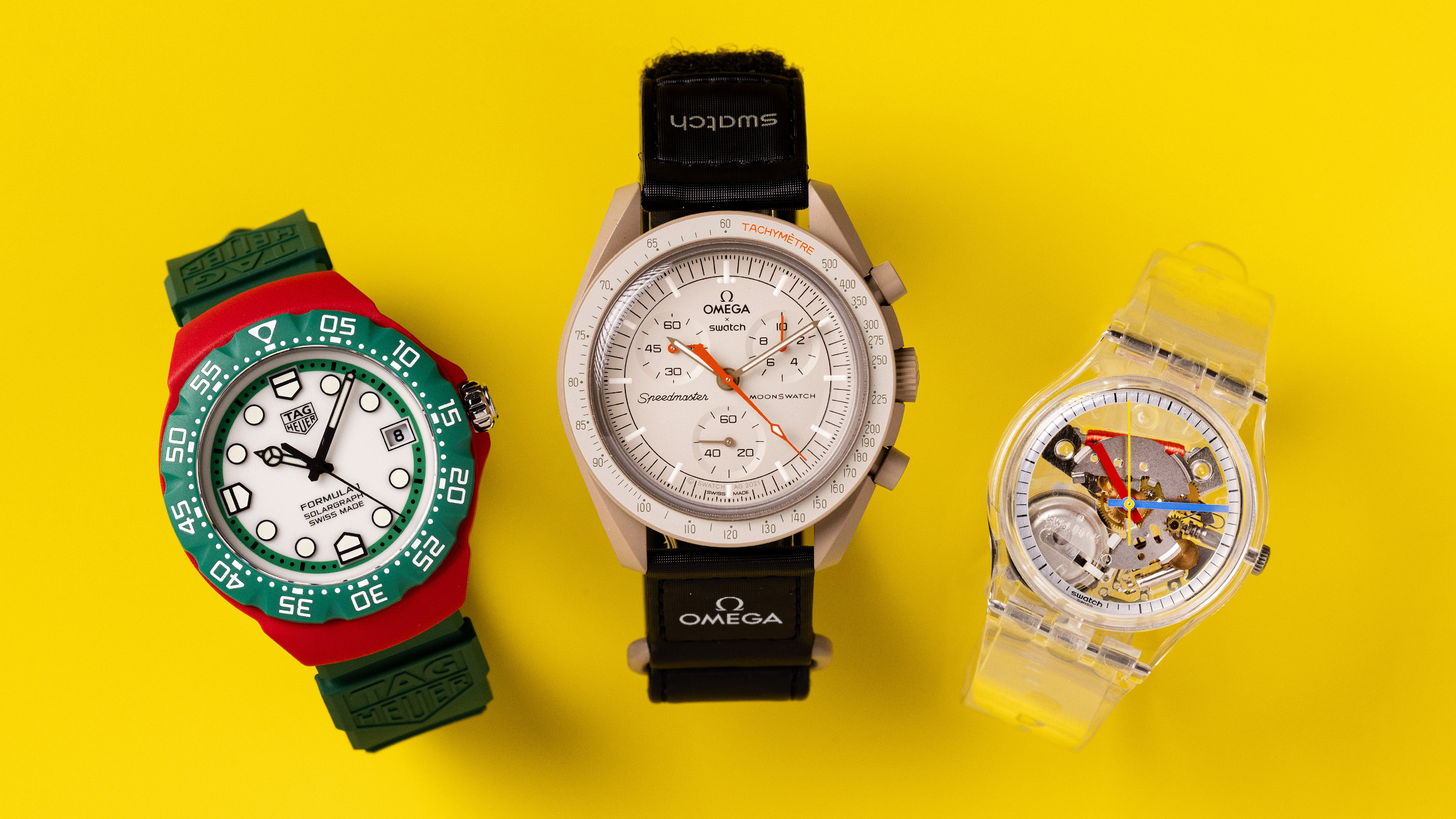
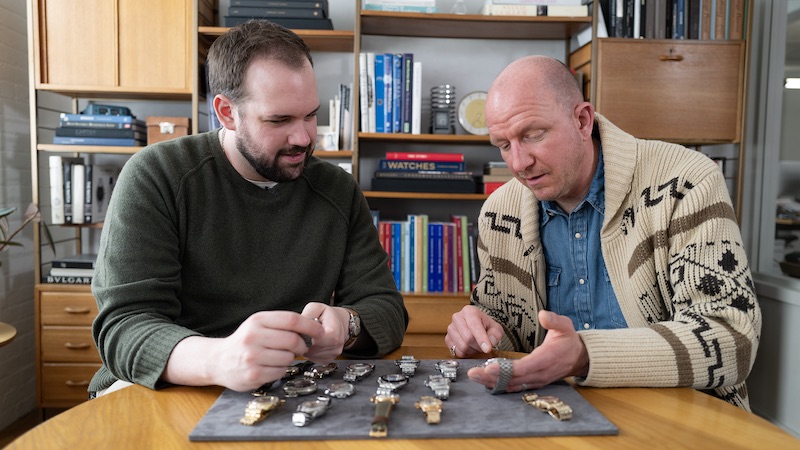


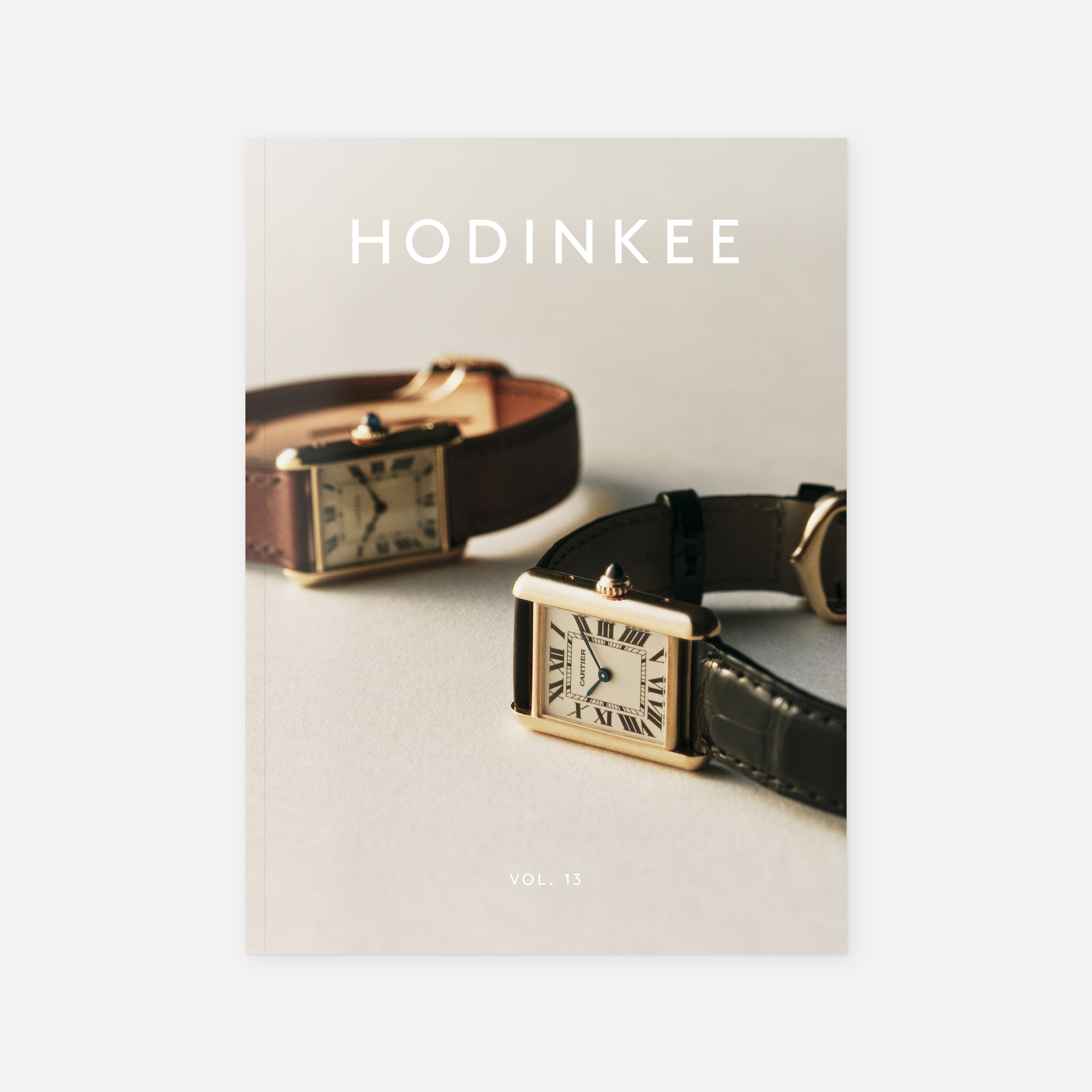
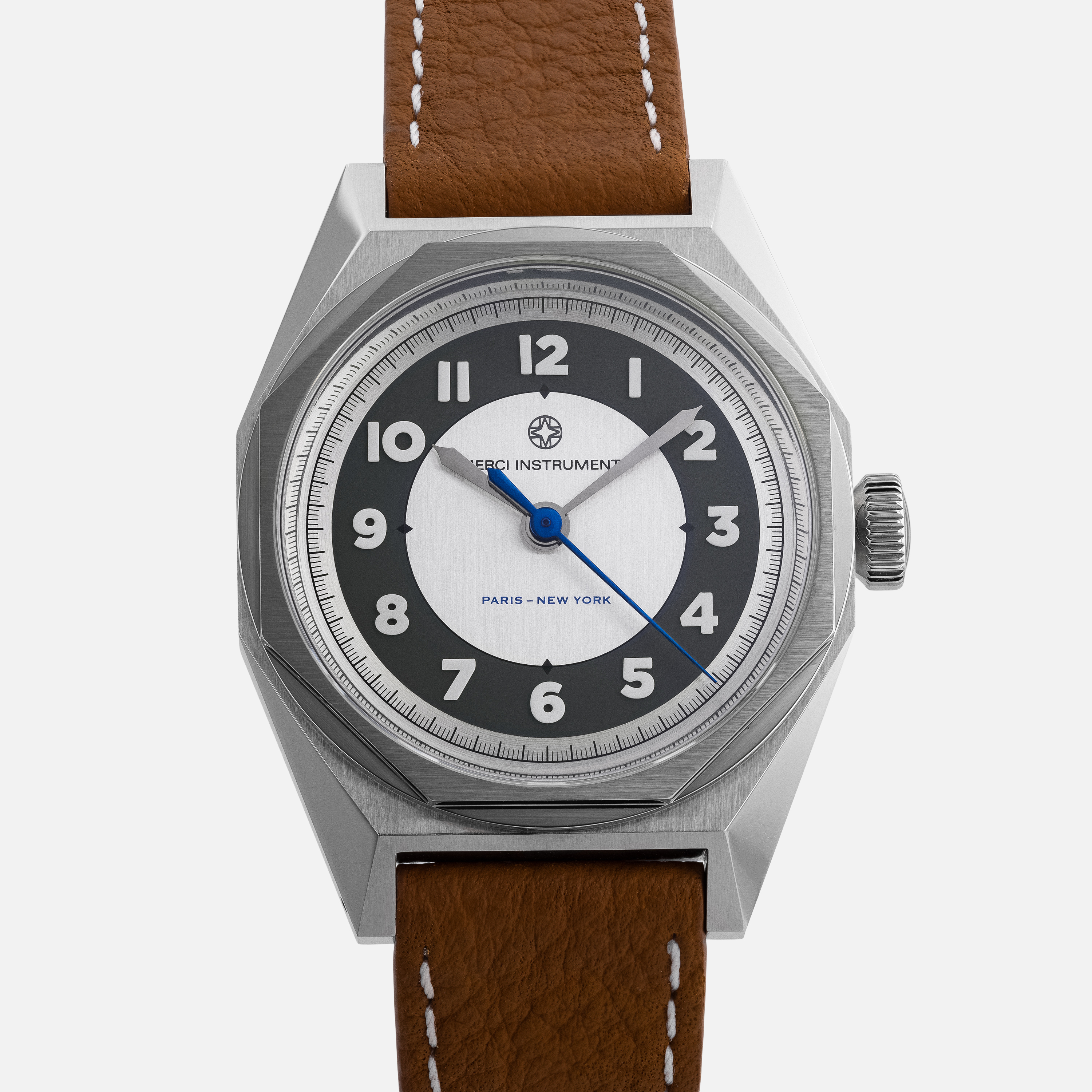
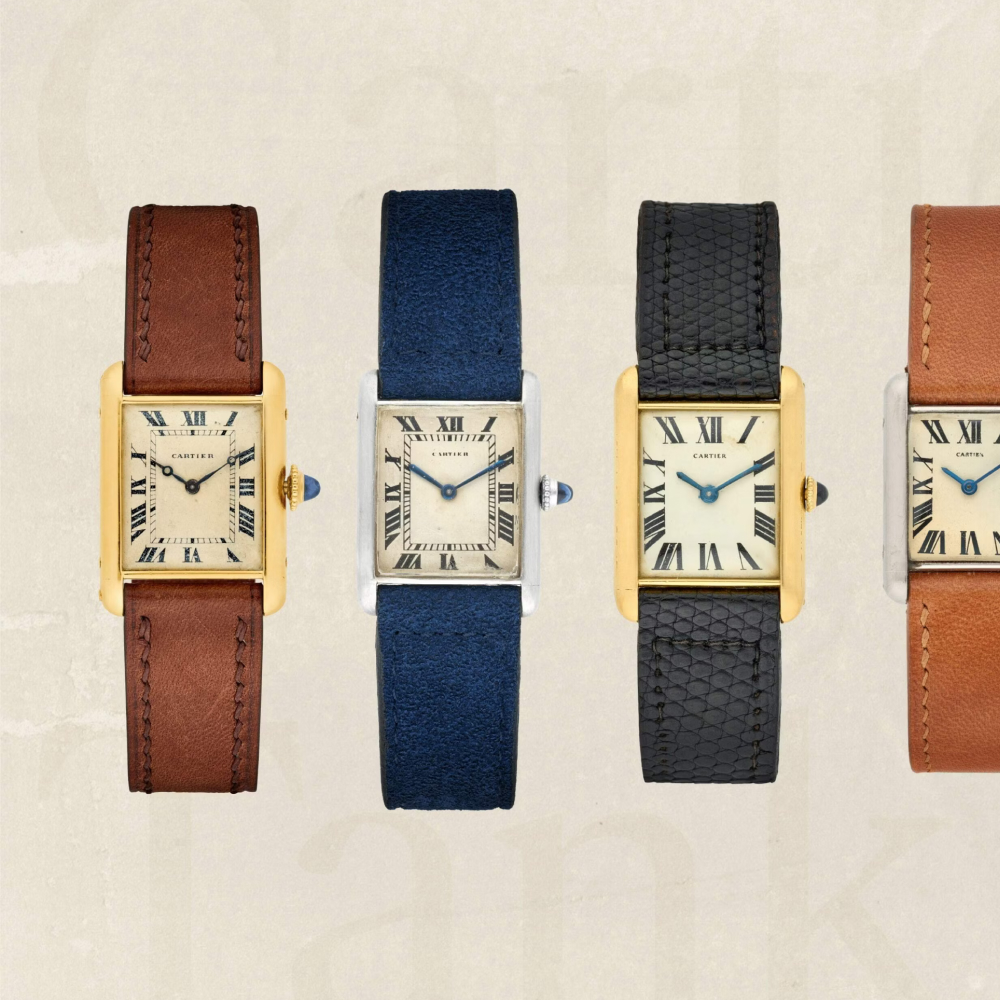







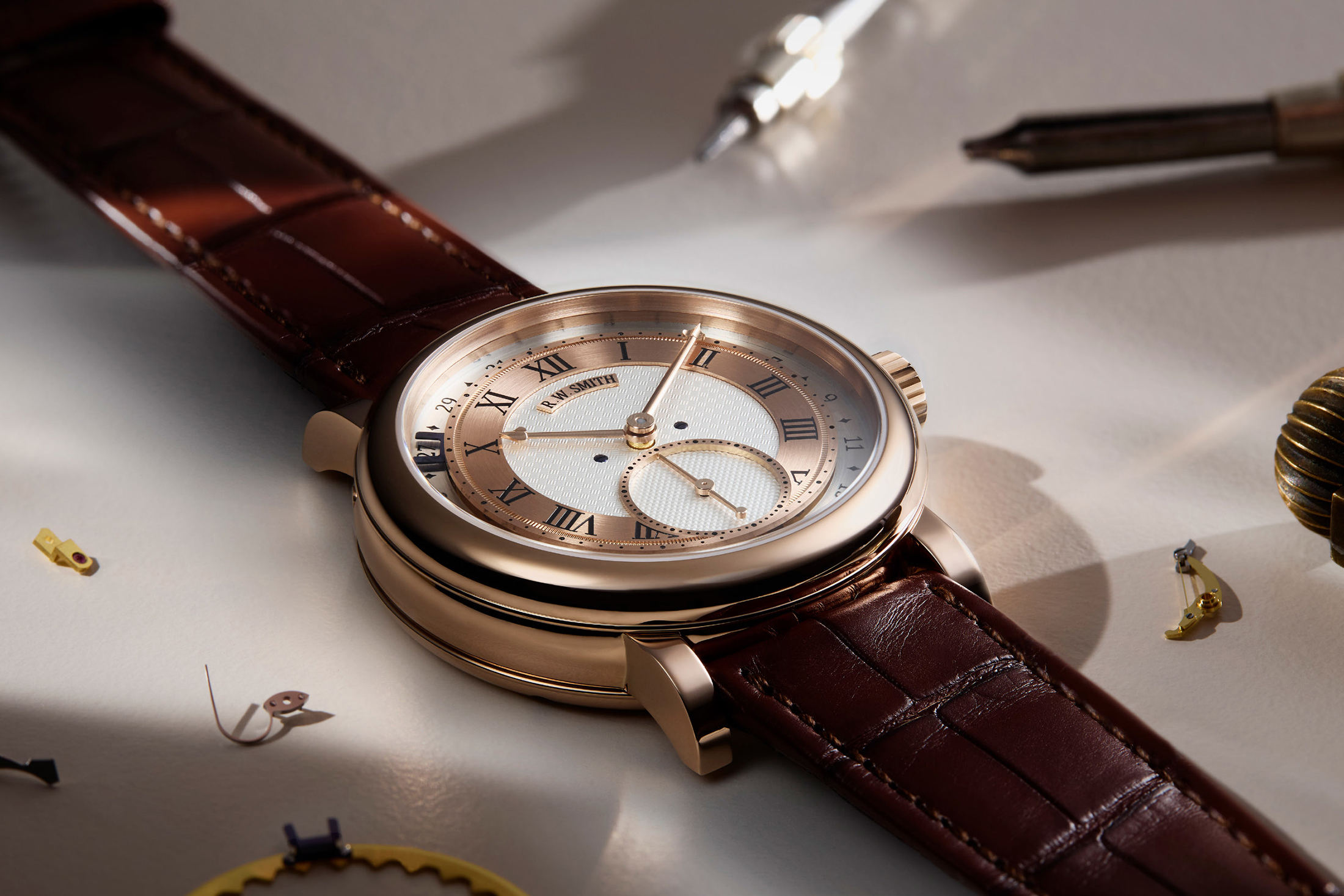
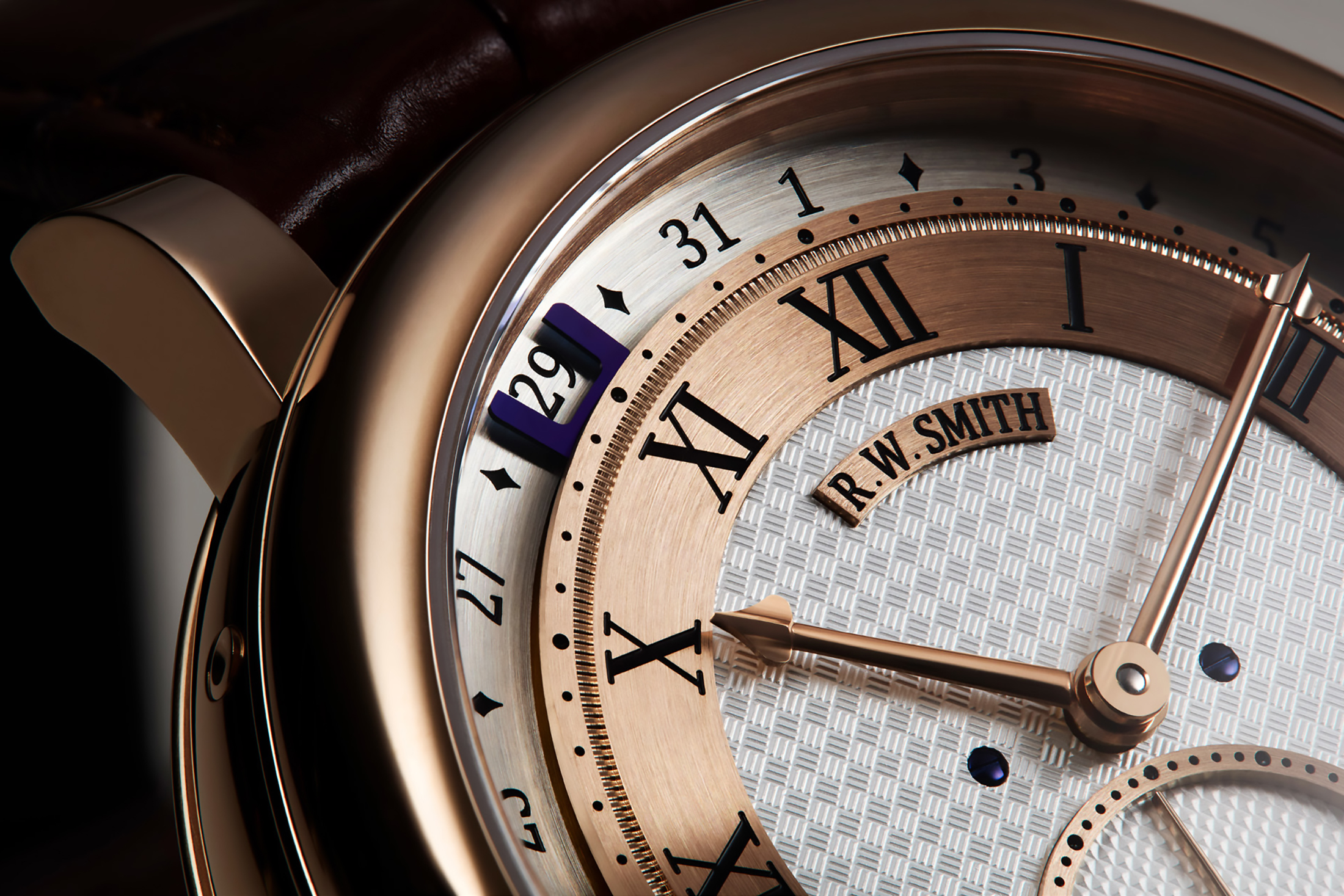
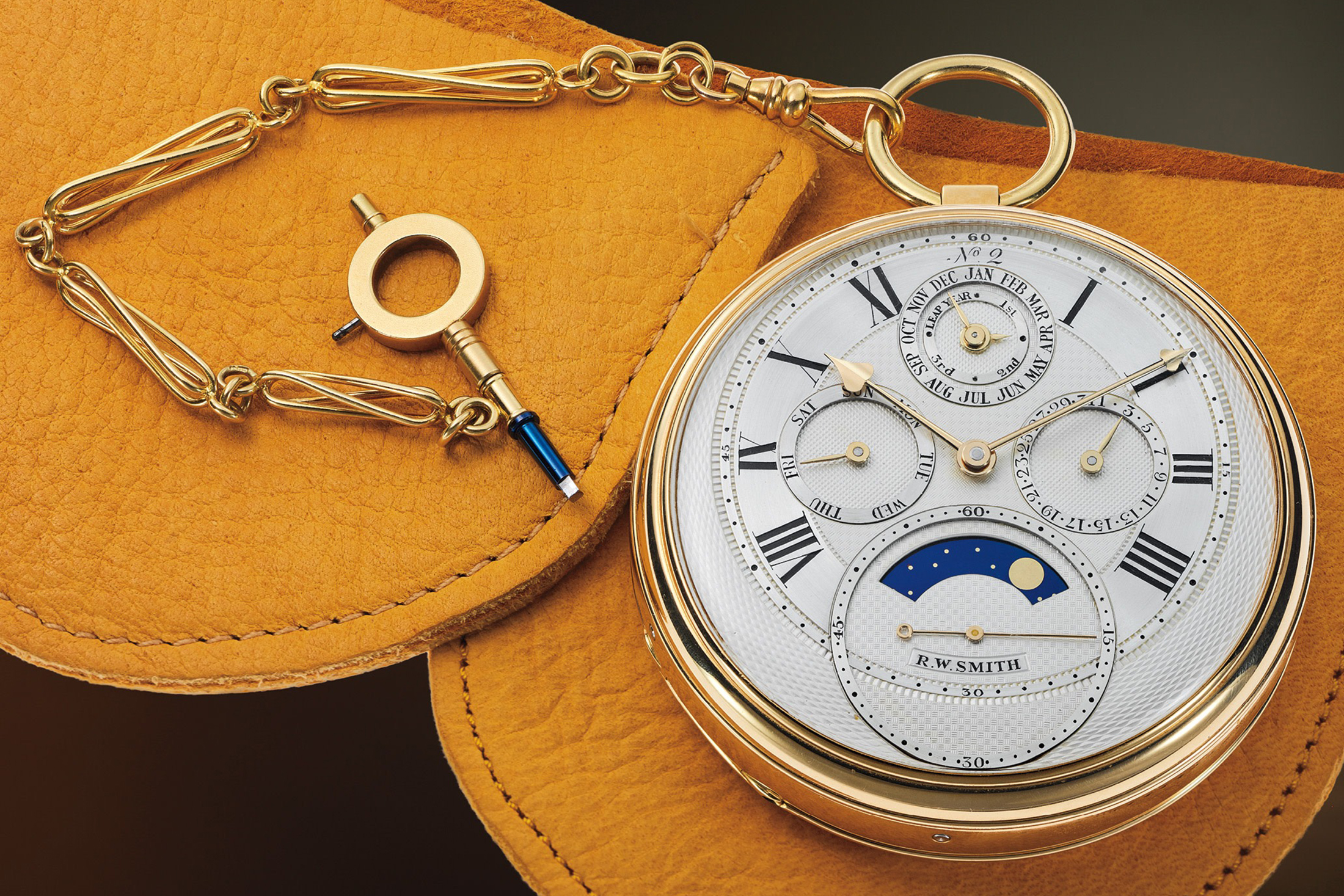
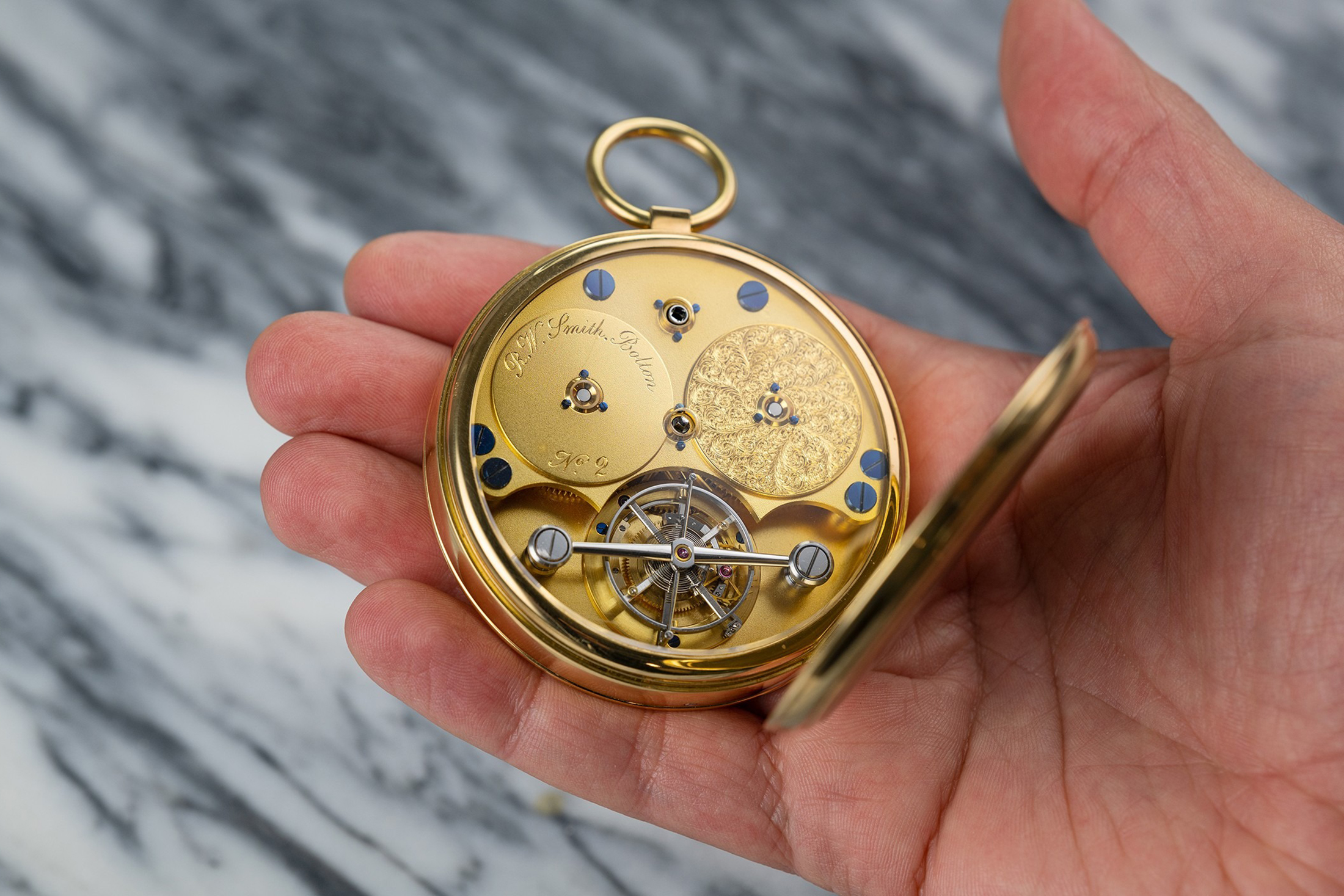


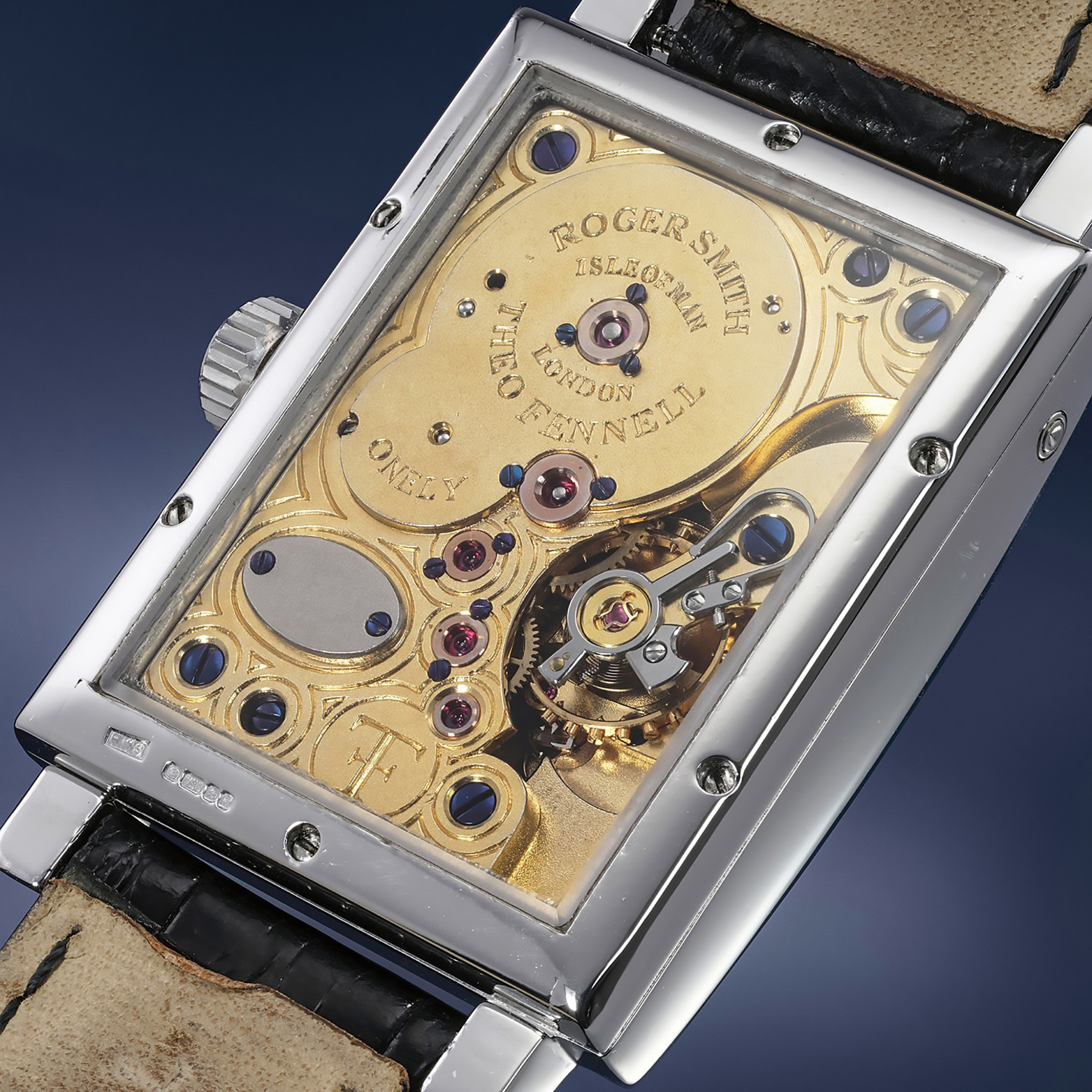
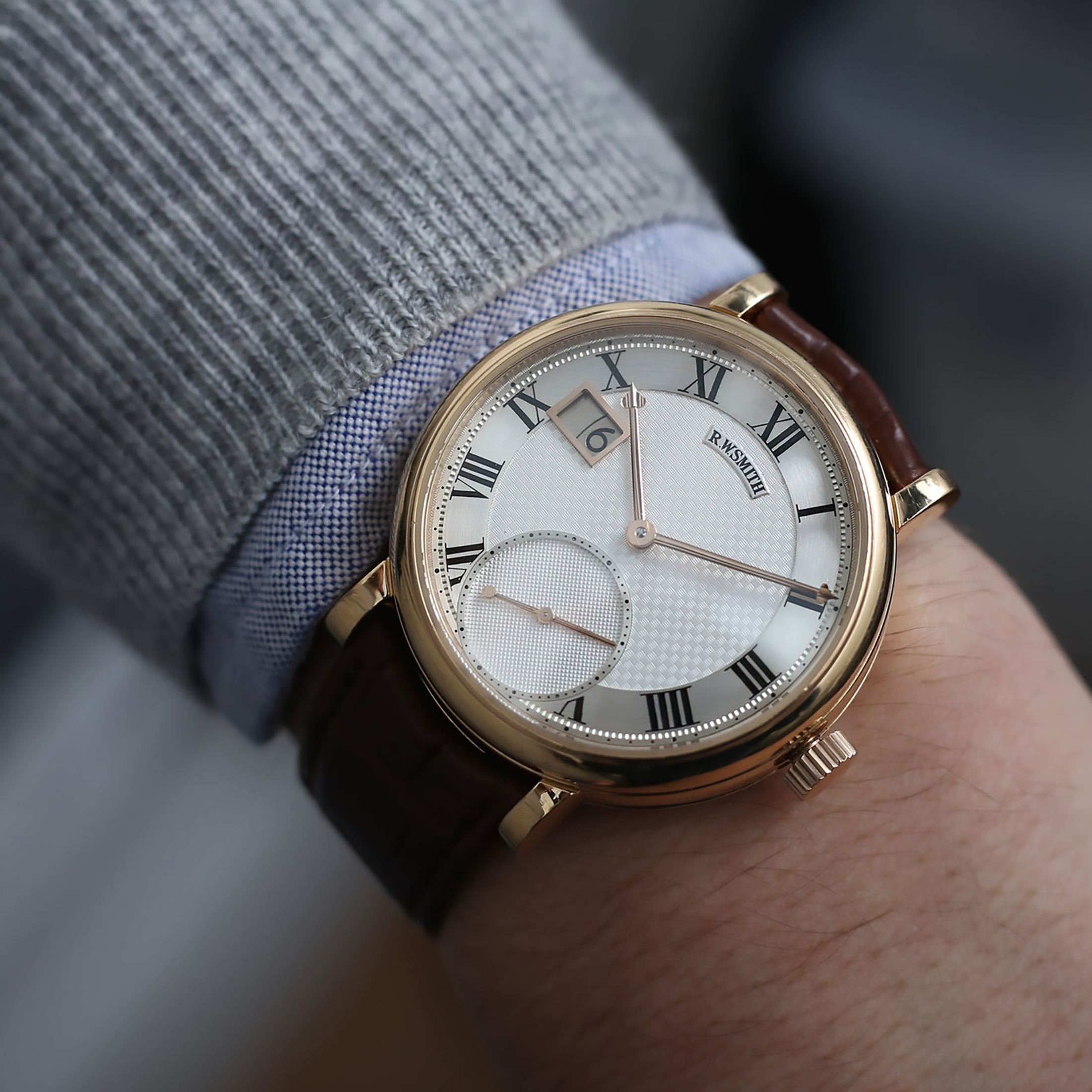
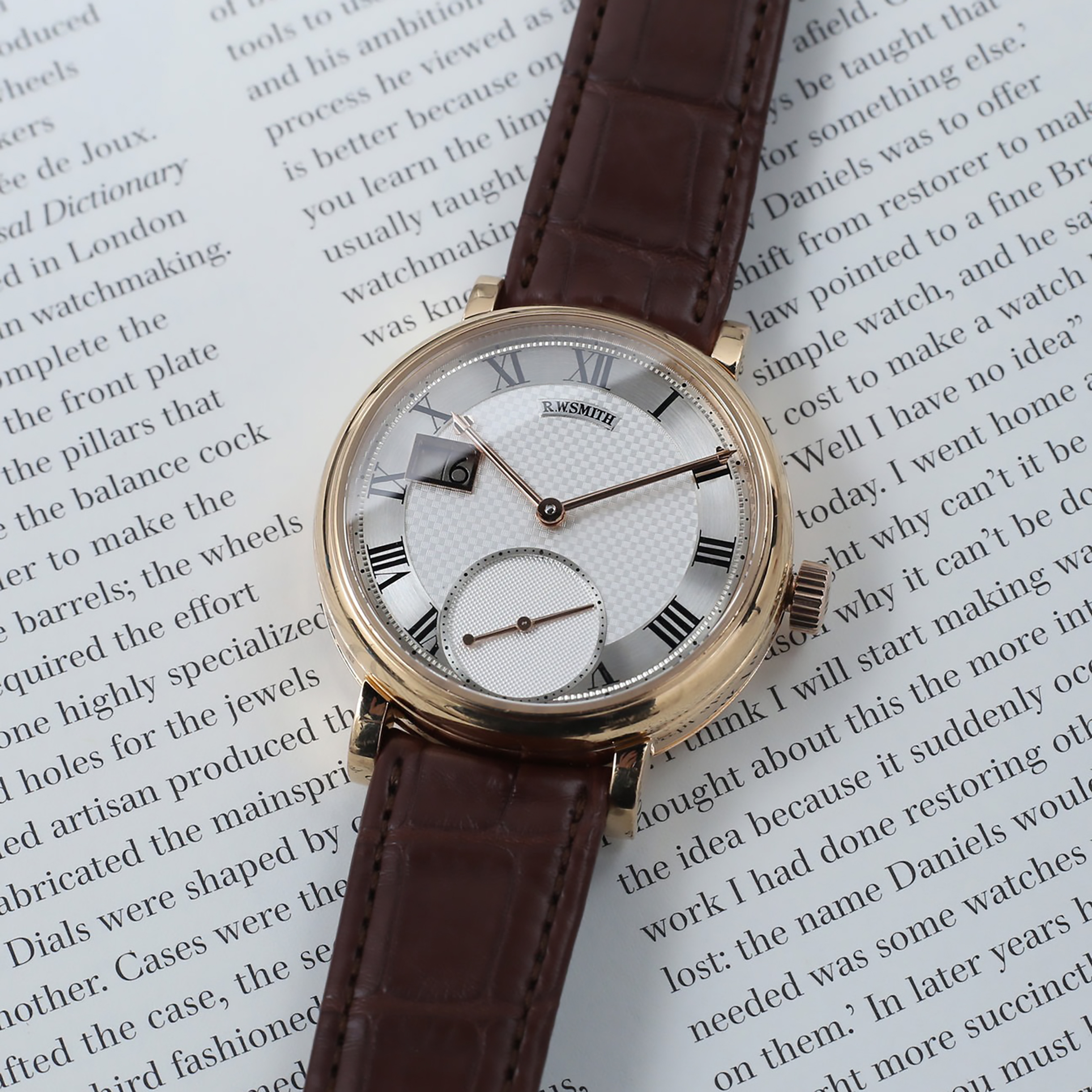
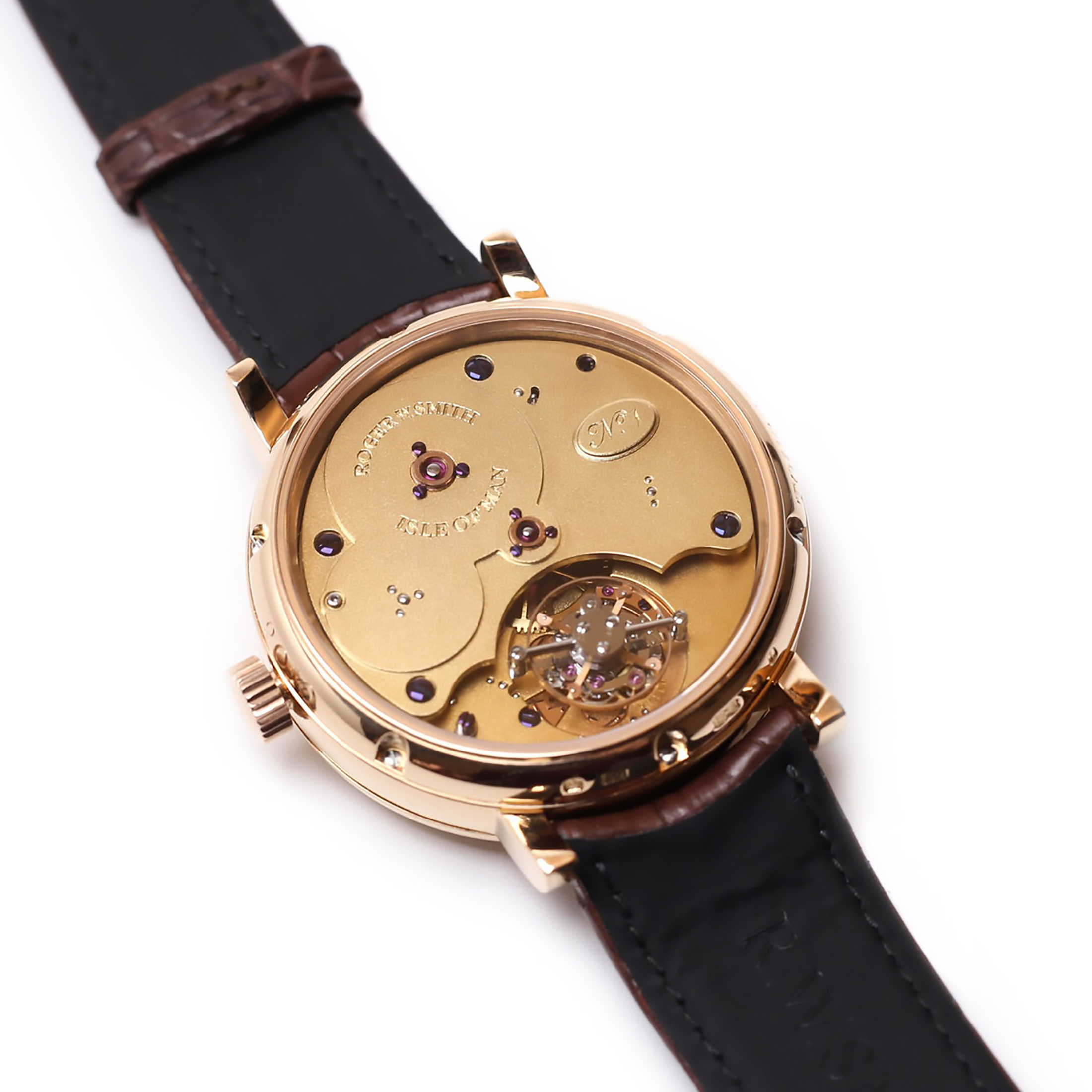
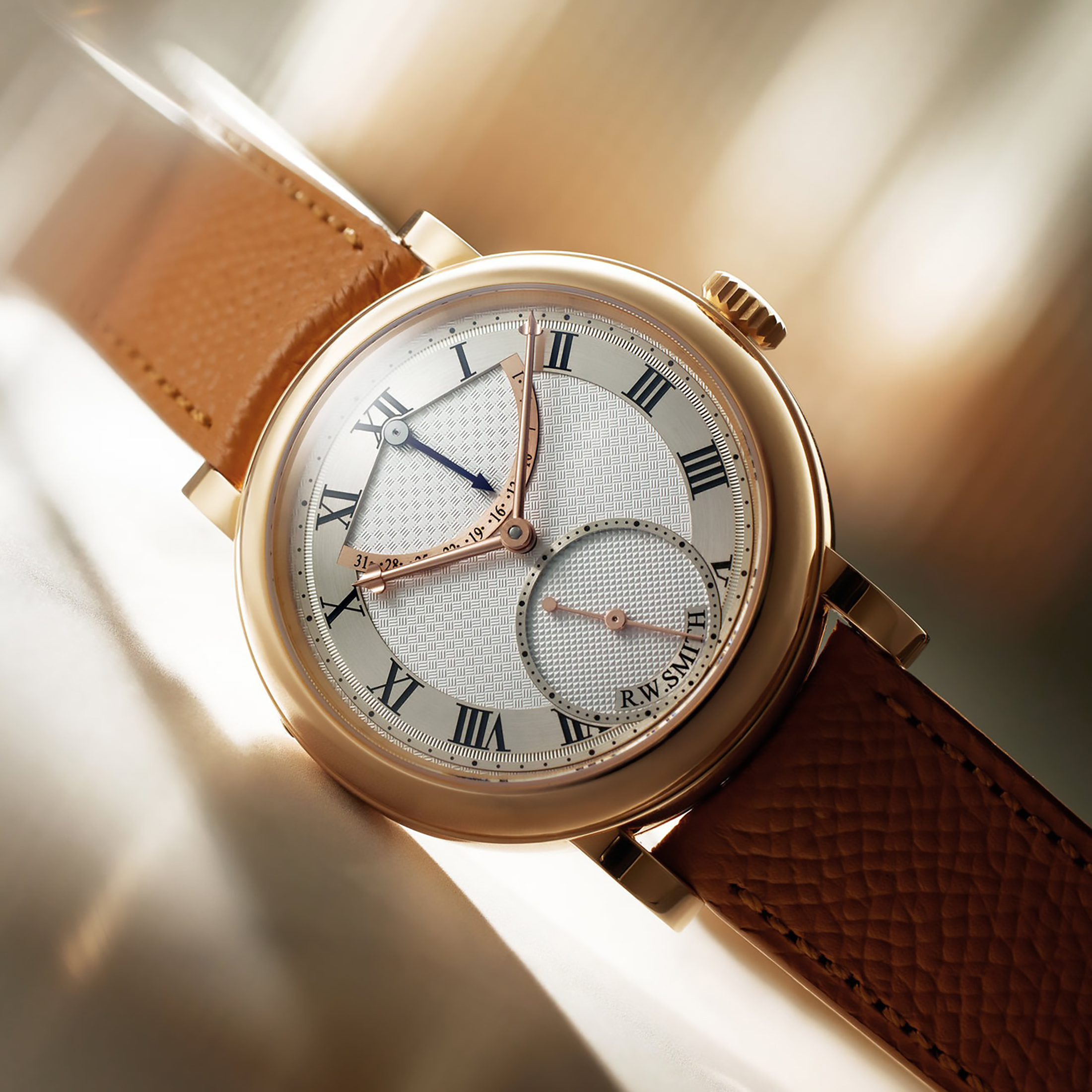
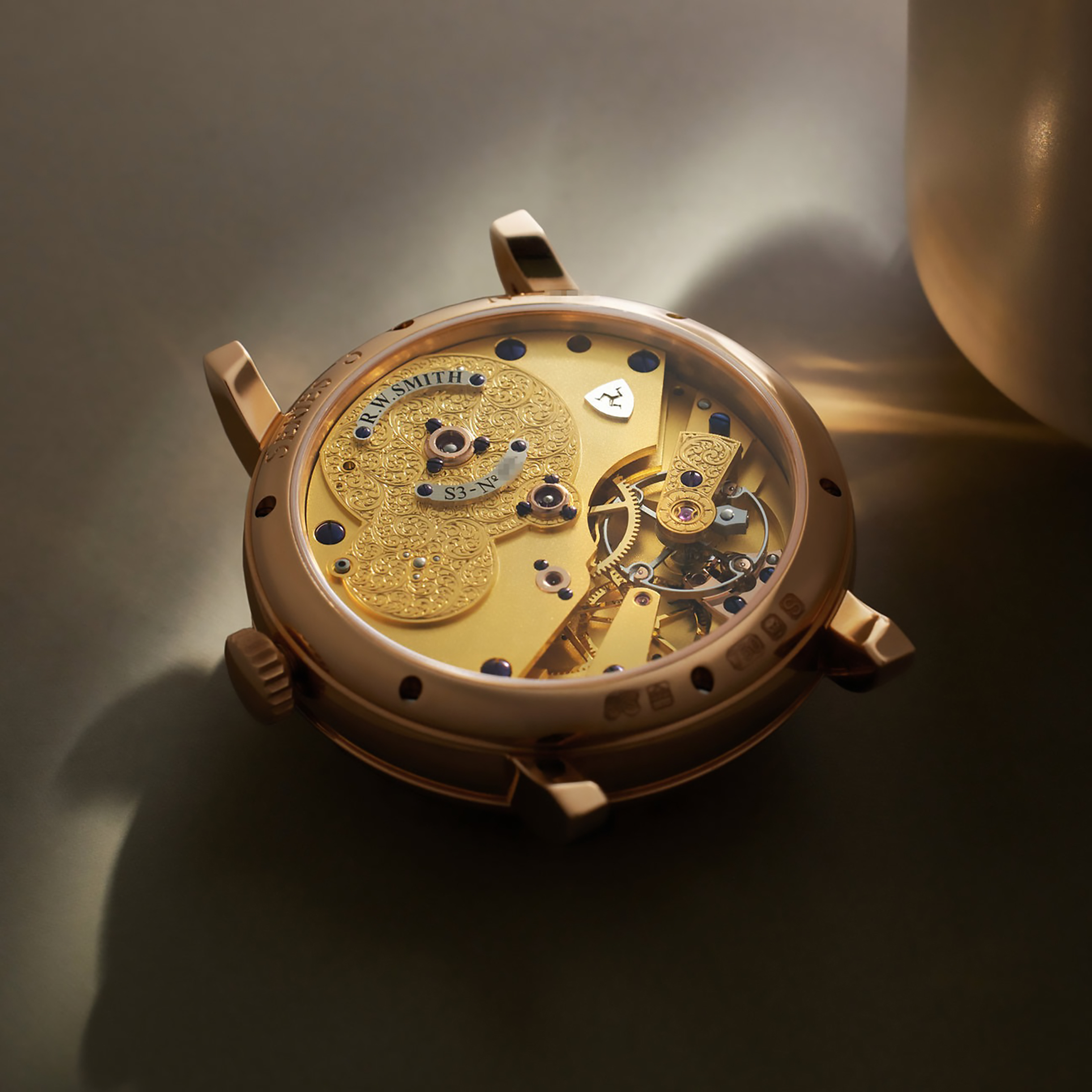



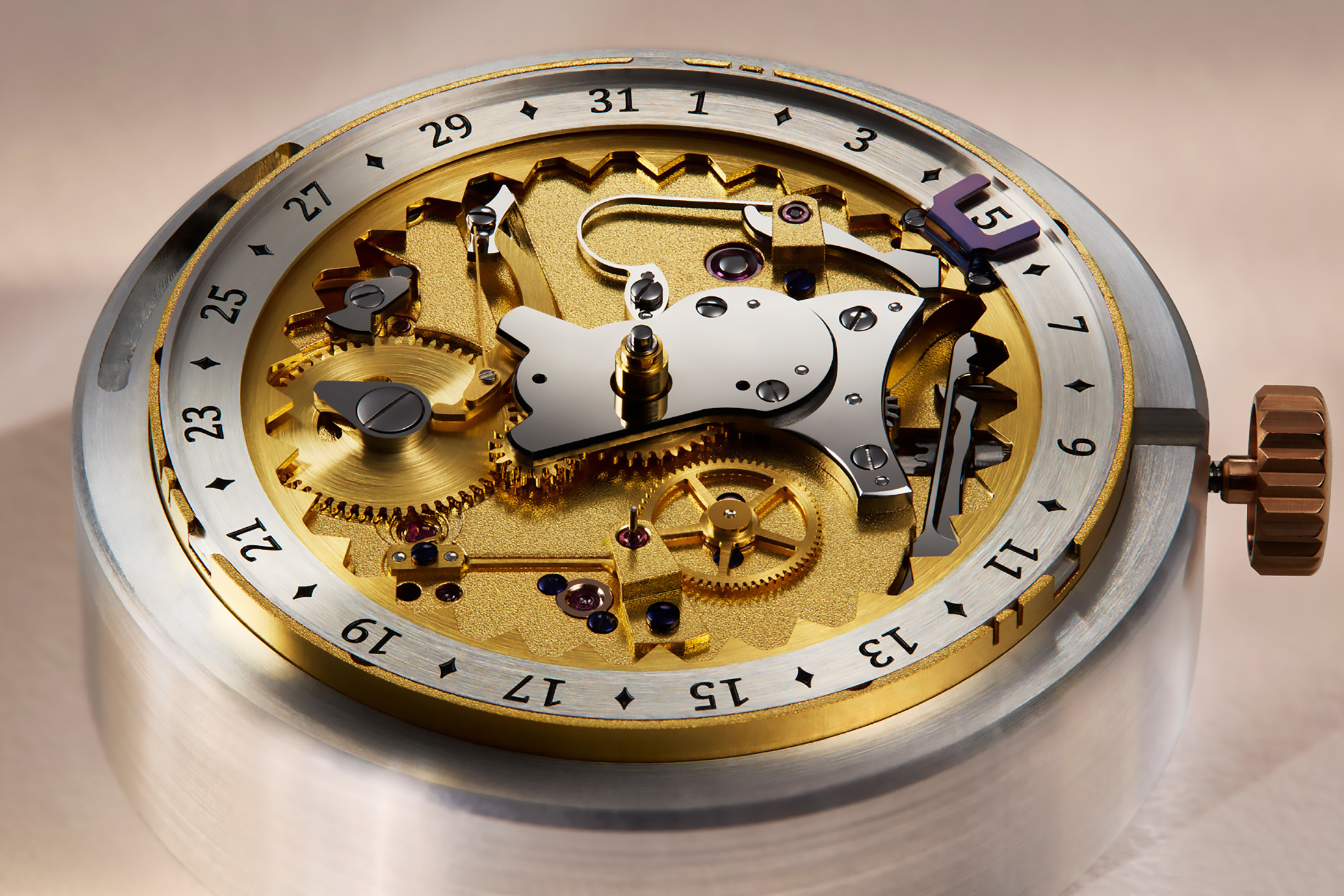
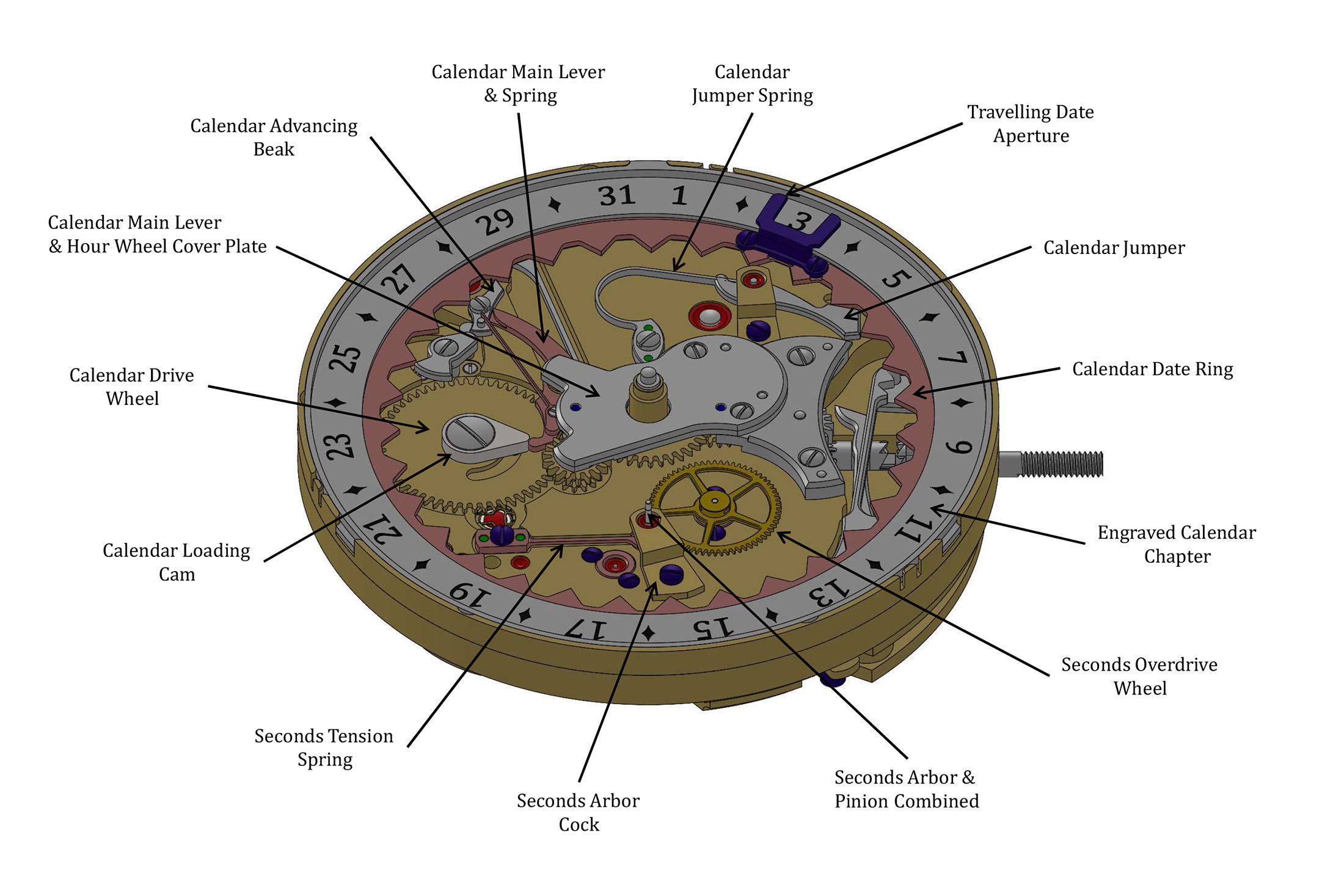
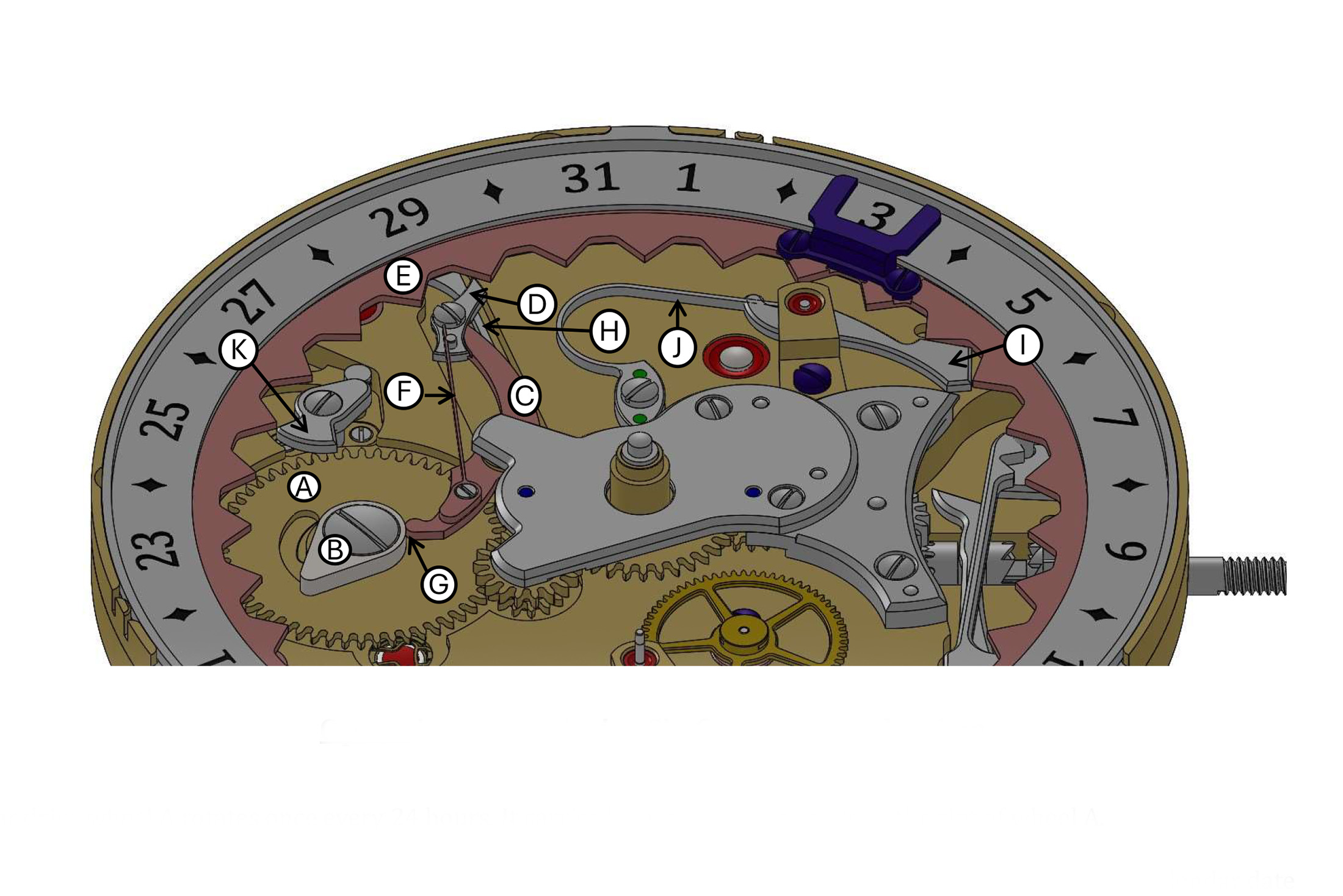
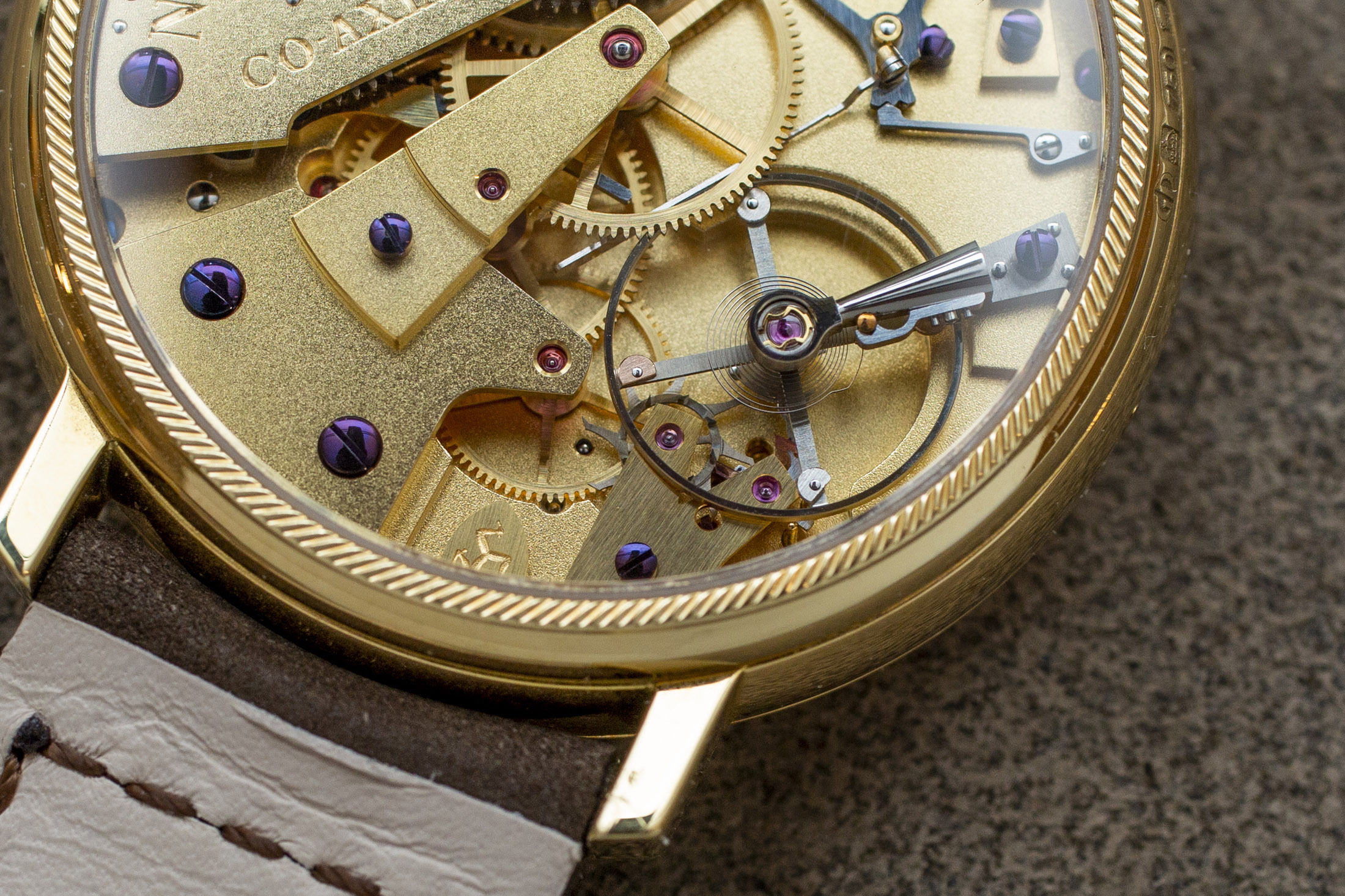


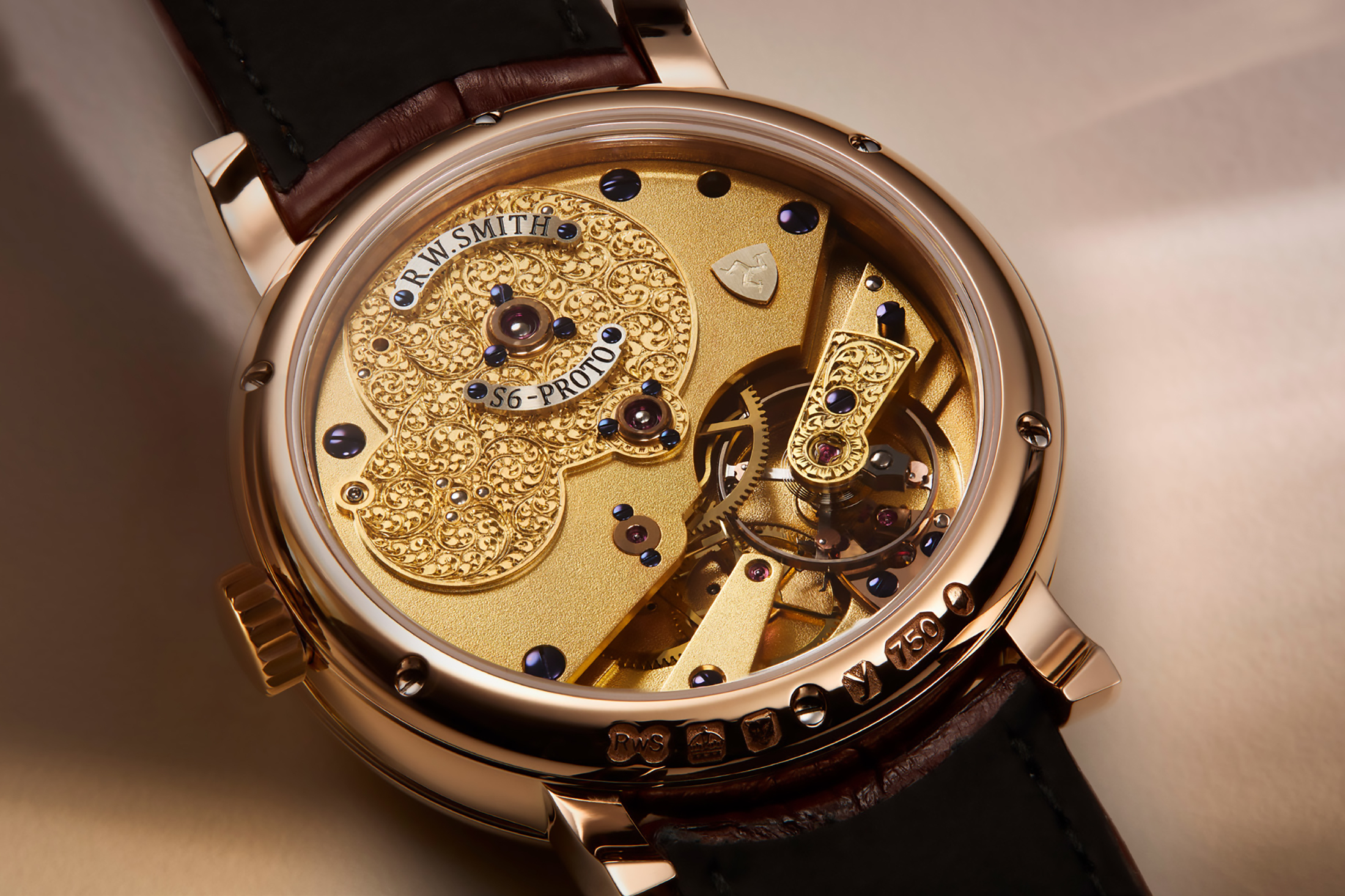
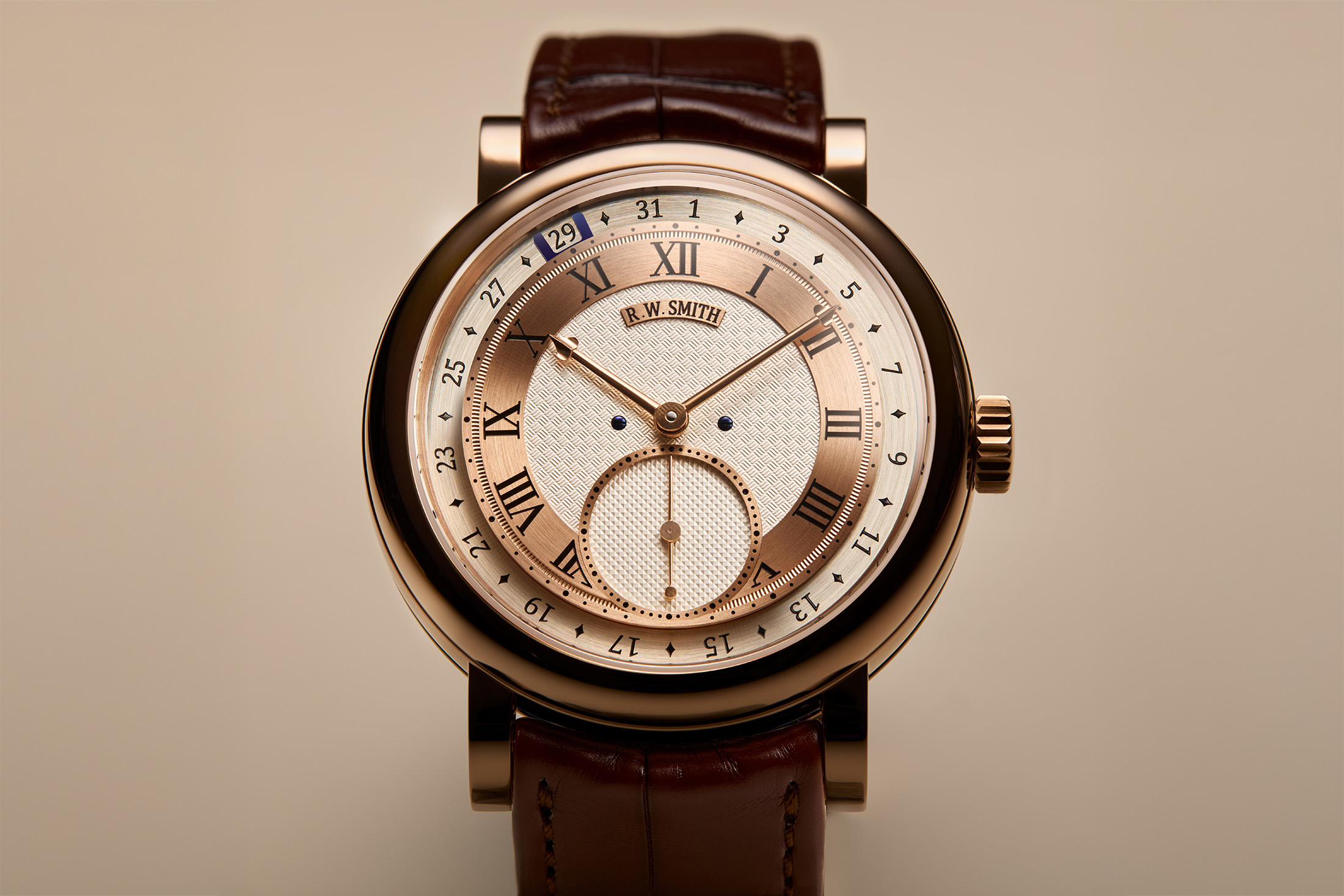
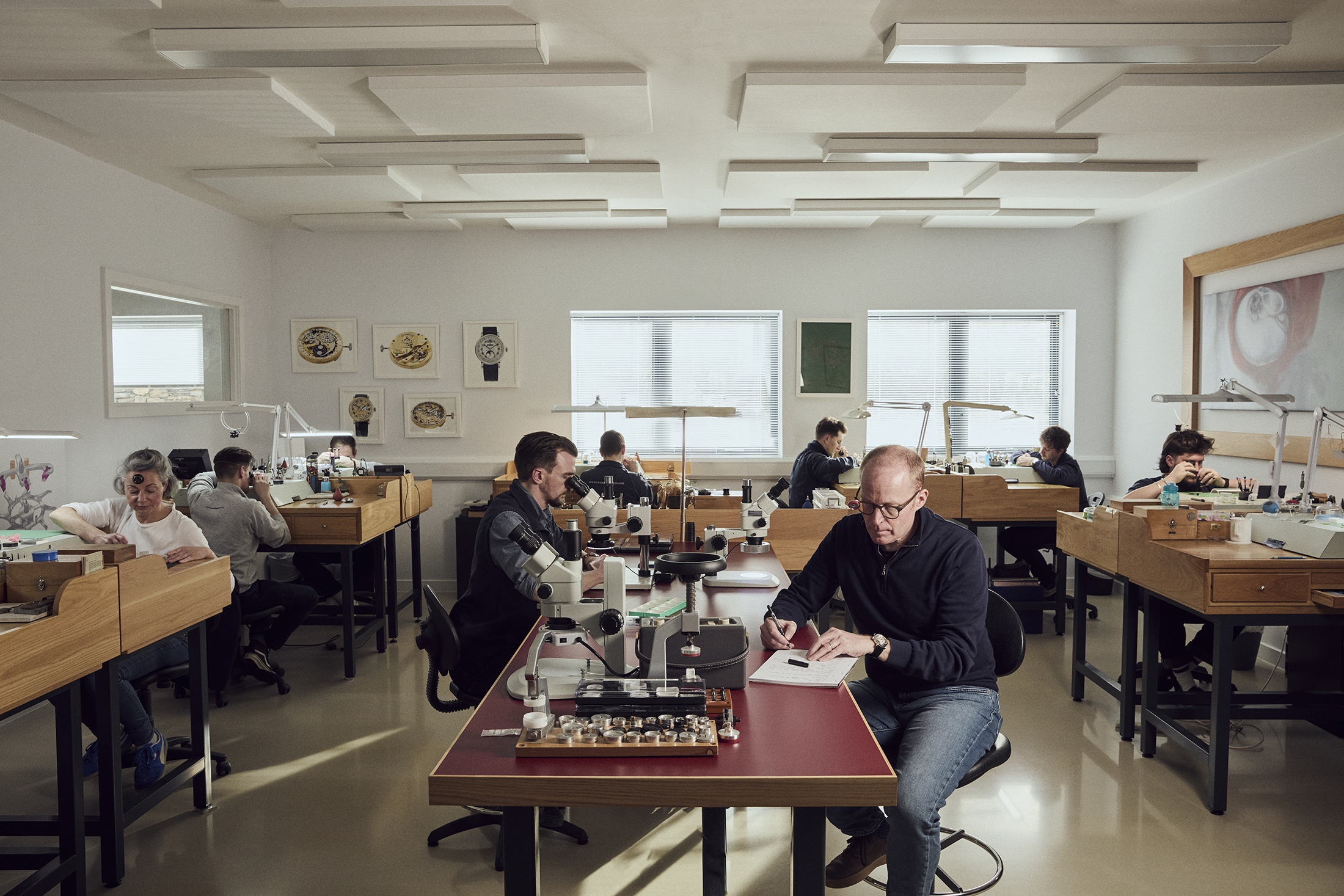

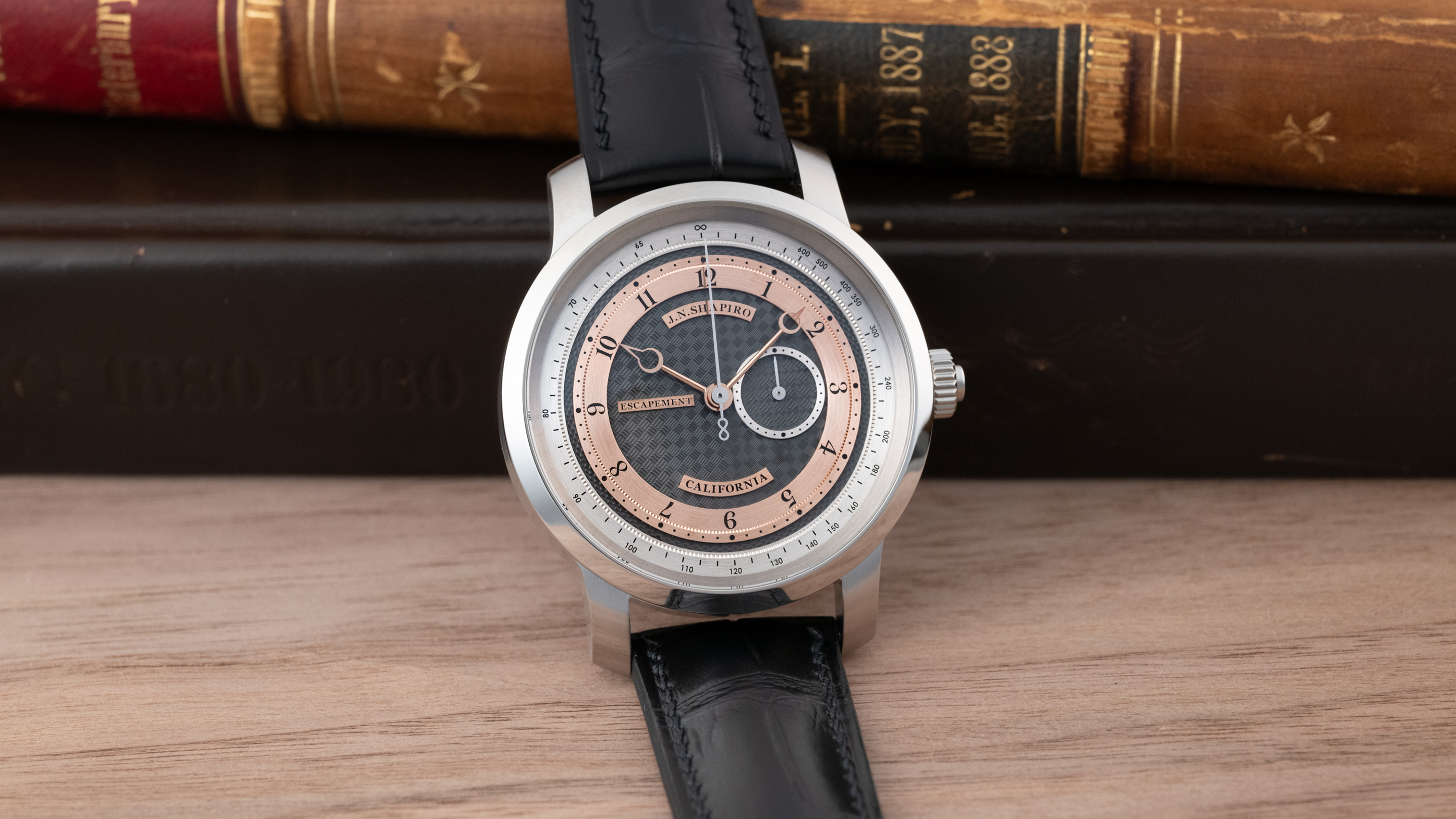
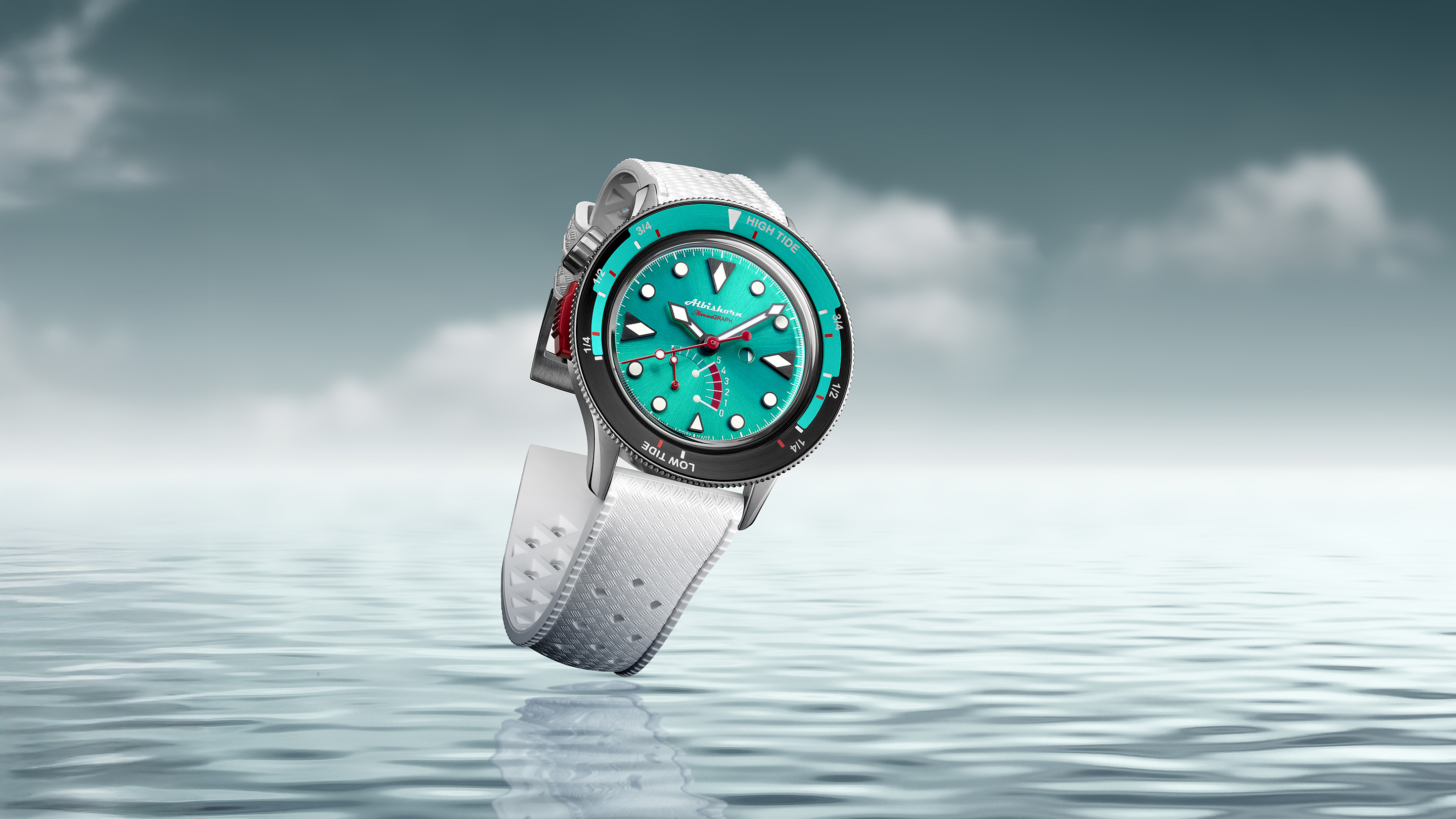
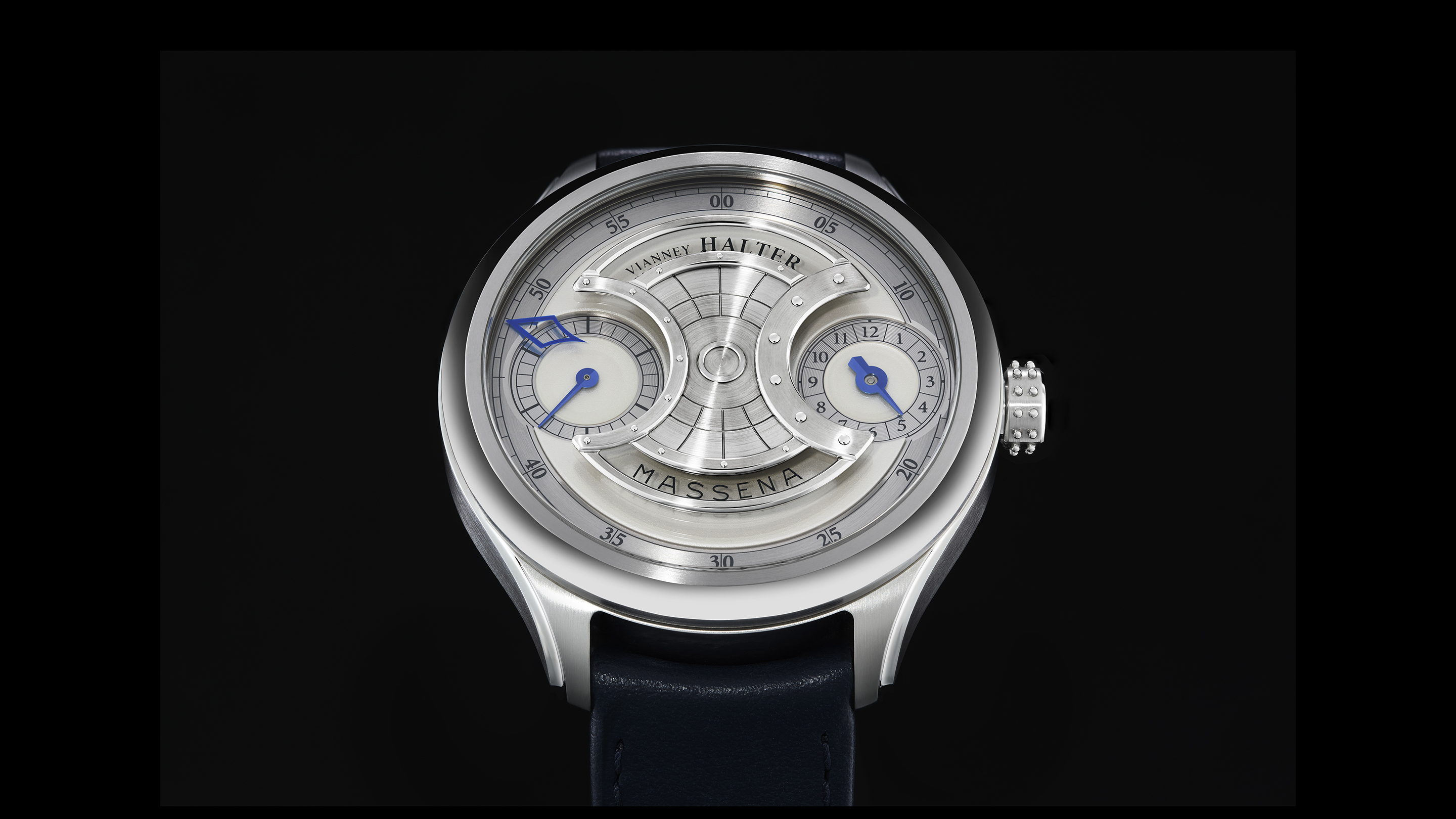
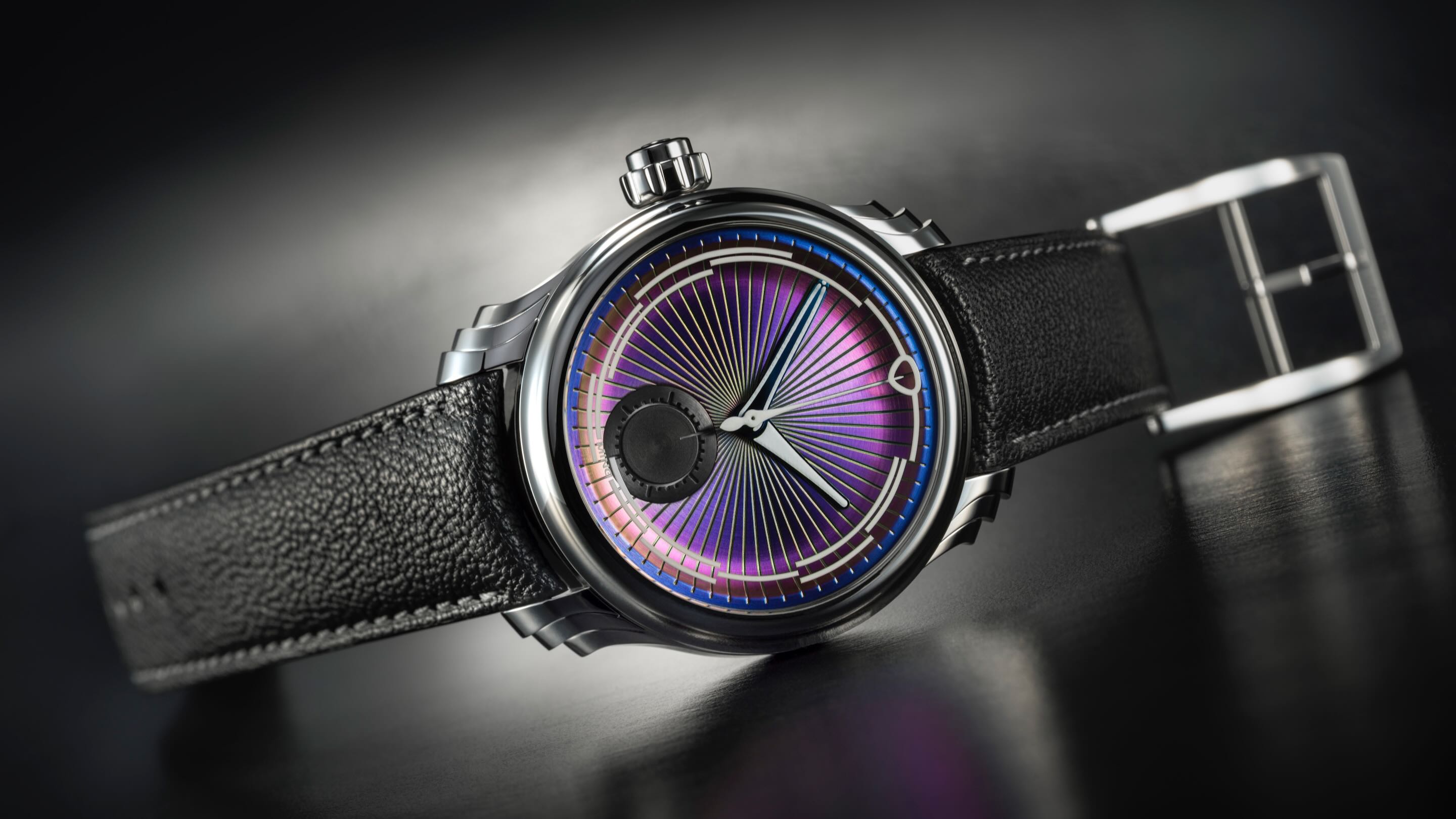
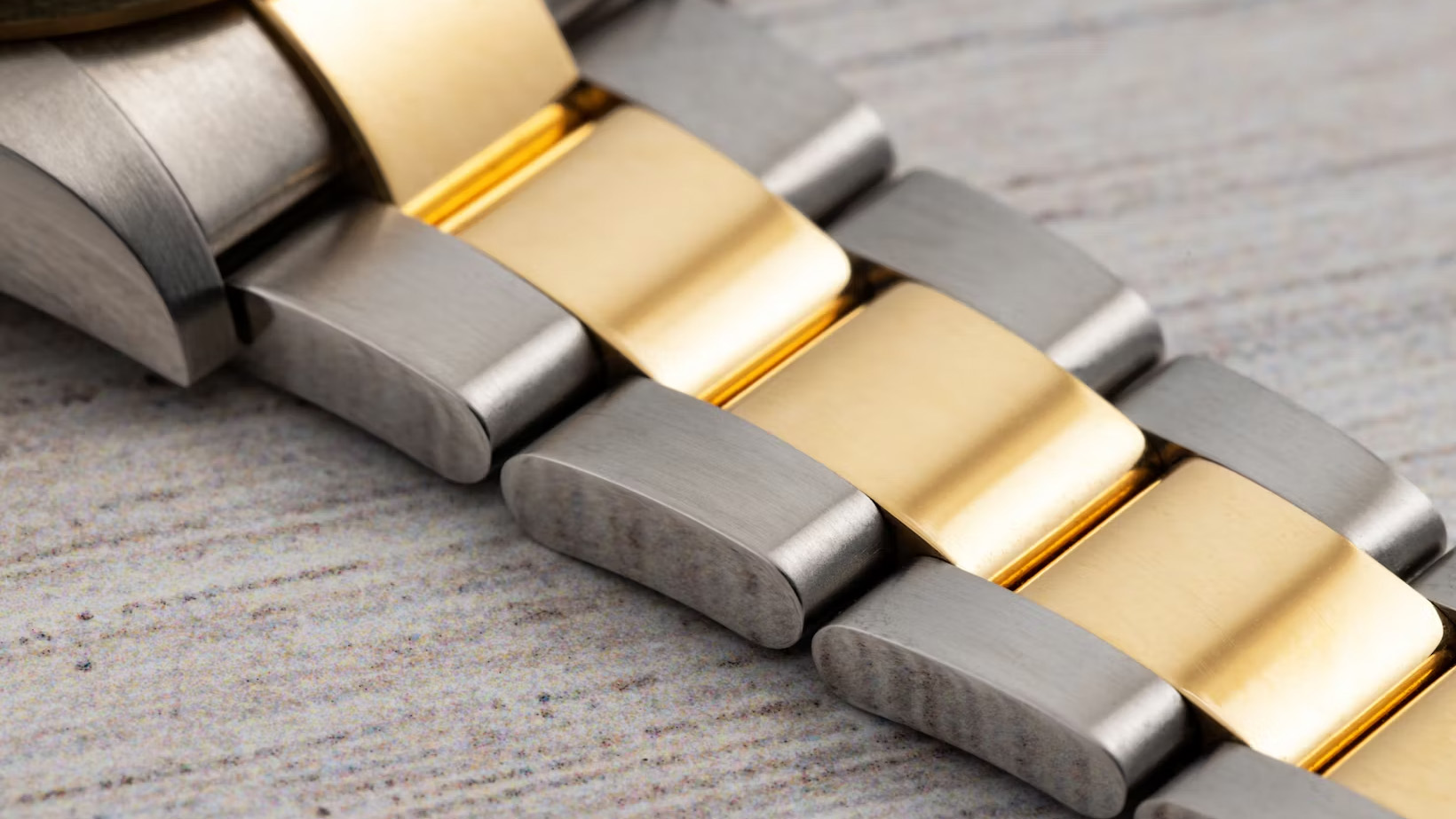
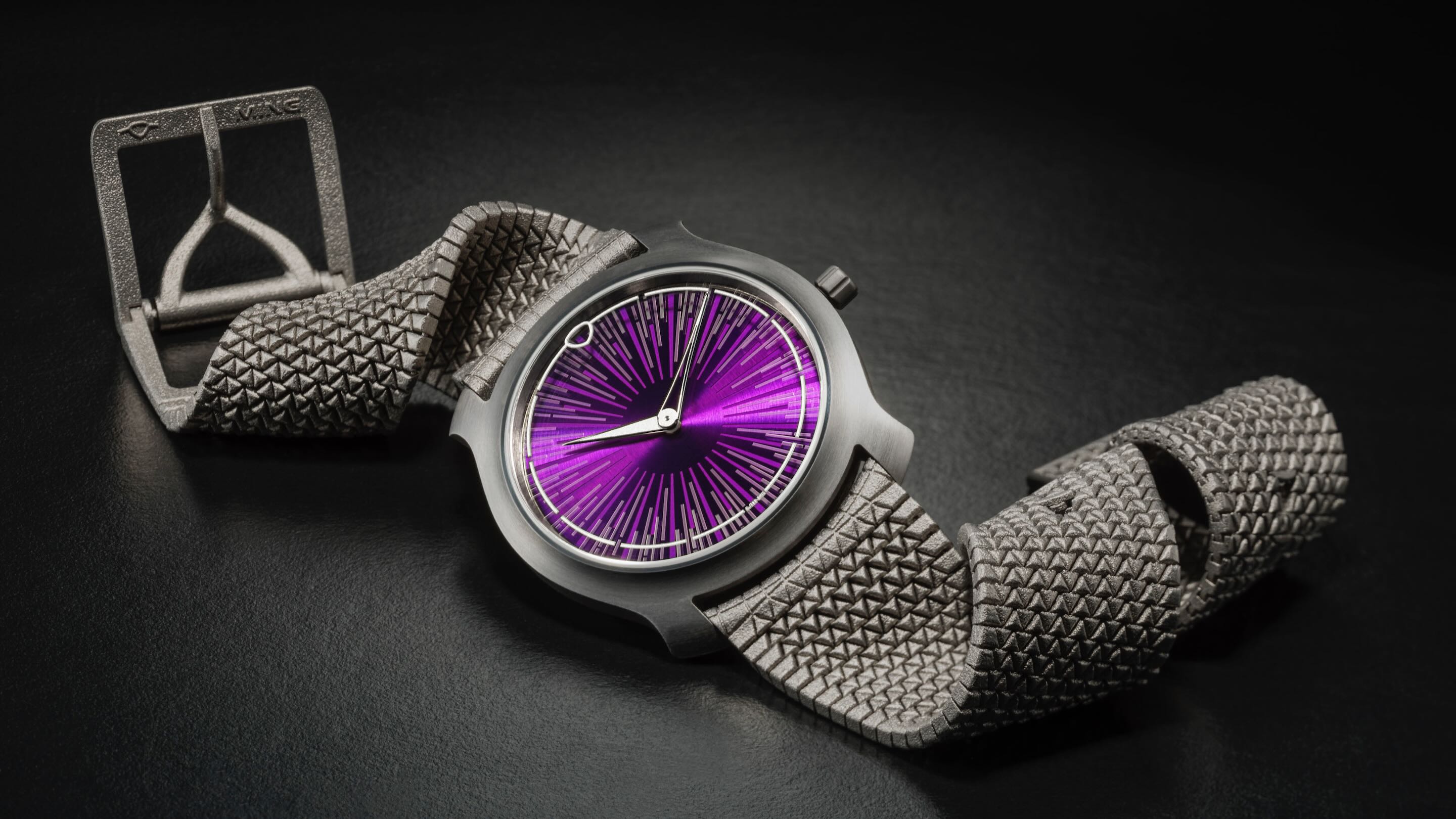
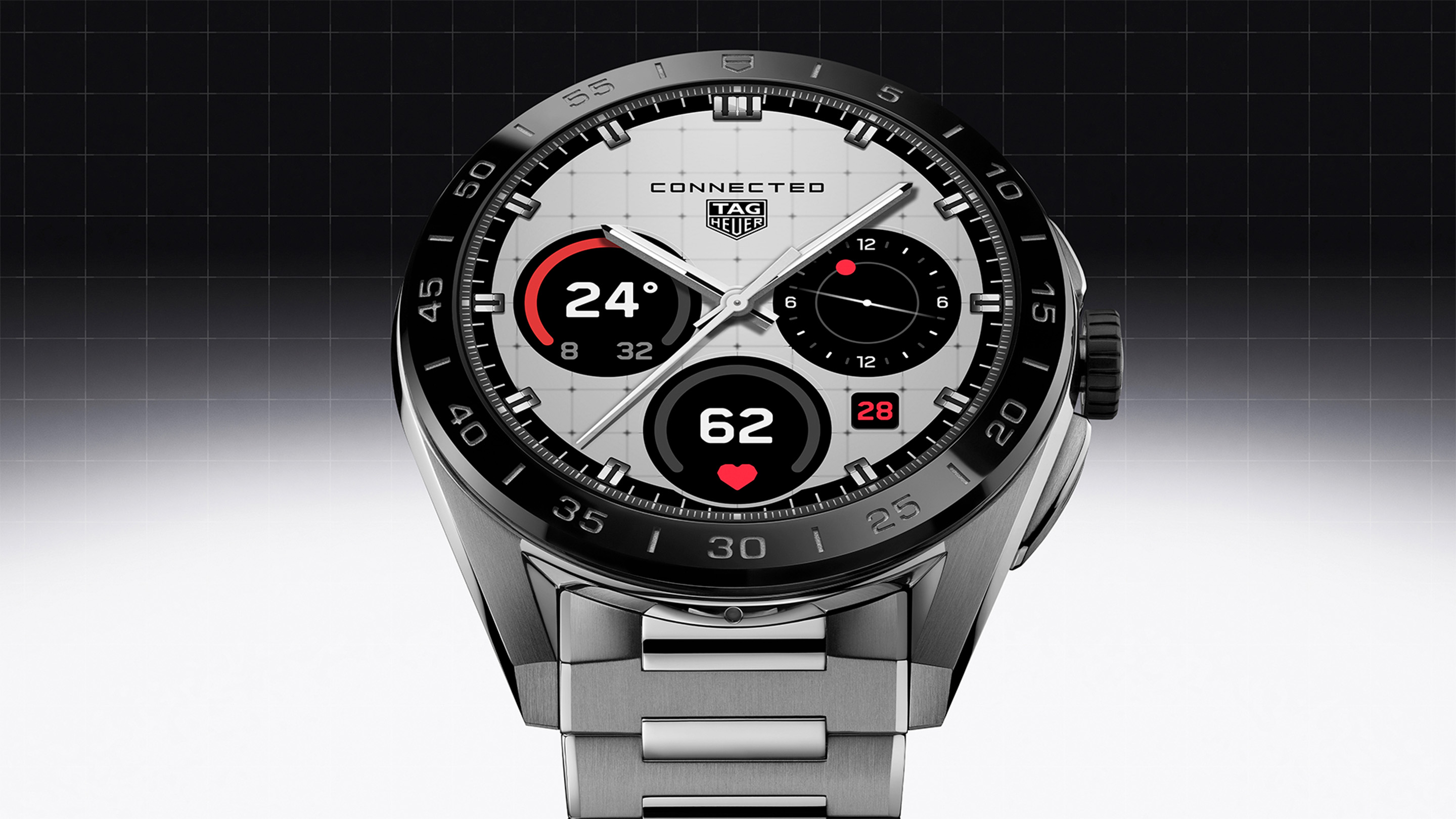
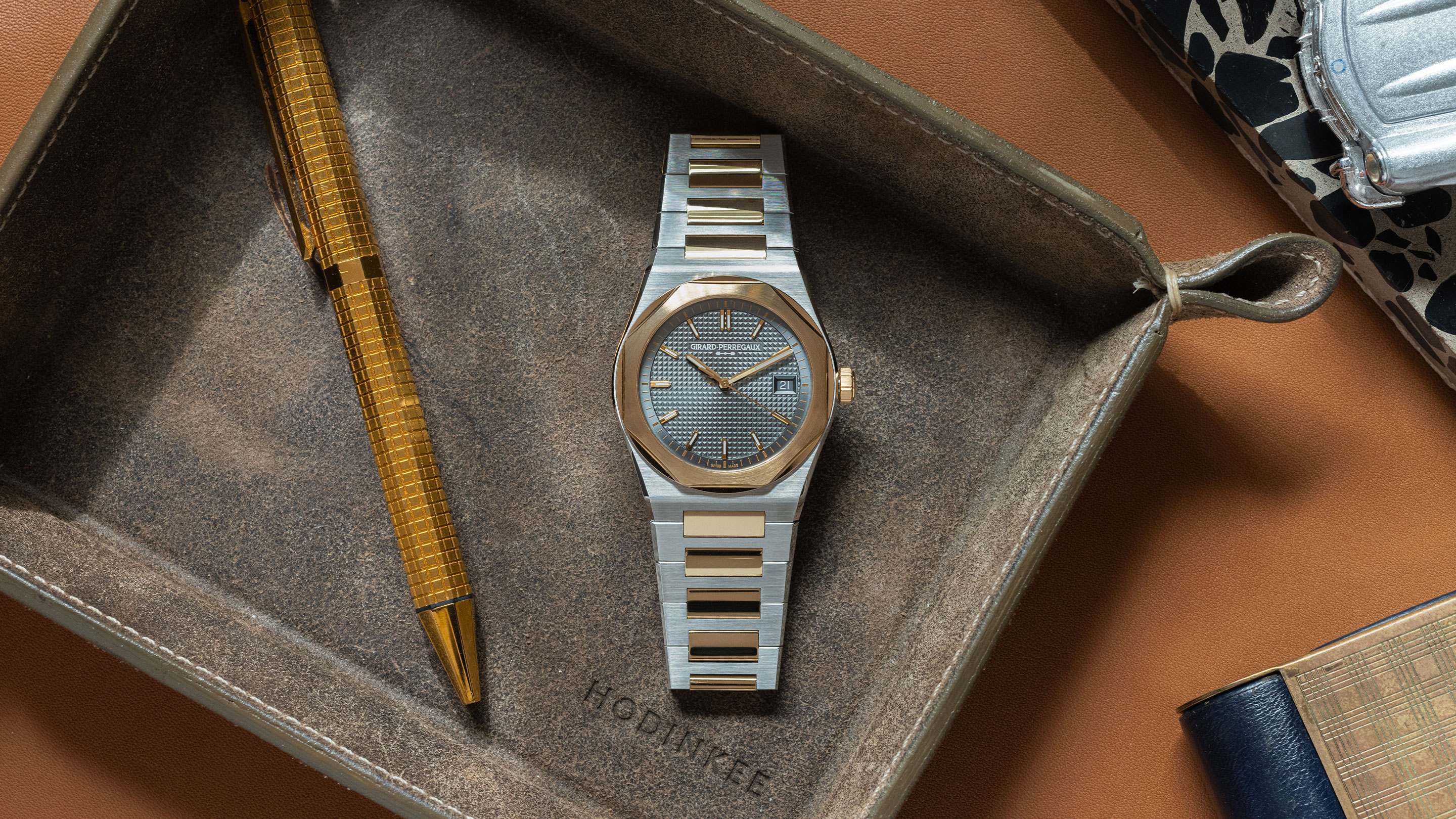
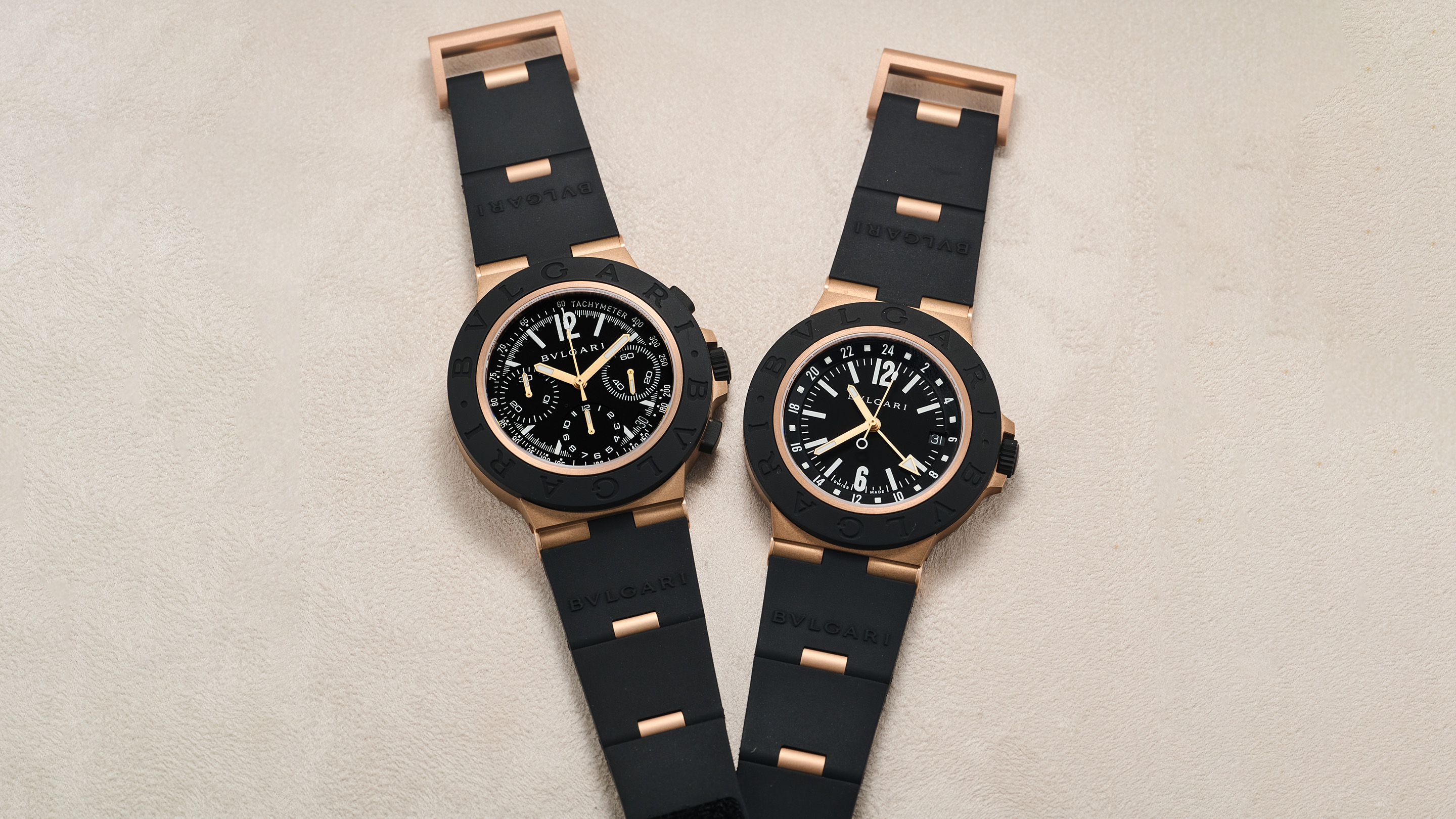
Top Discussions
Photo ReportInside Mike Wood’s ‘For Exhibition Only’: A Private Rolex Collection On Limited Display
Breaking NewsA Yellow Gold Rolex ref. 6062 Sets Record for the Reference, Third Most Expensive Rolex Ever Sold, At $6.2 Million
IntroducingSeiko Brings Back The 'Rotocall', A Digital Quartz Reissue That Turns Our Bezel